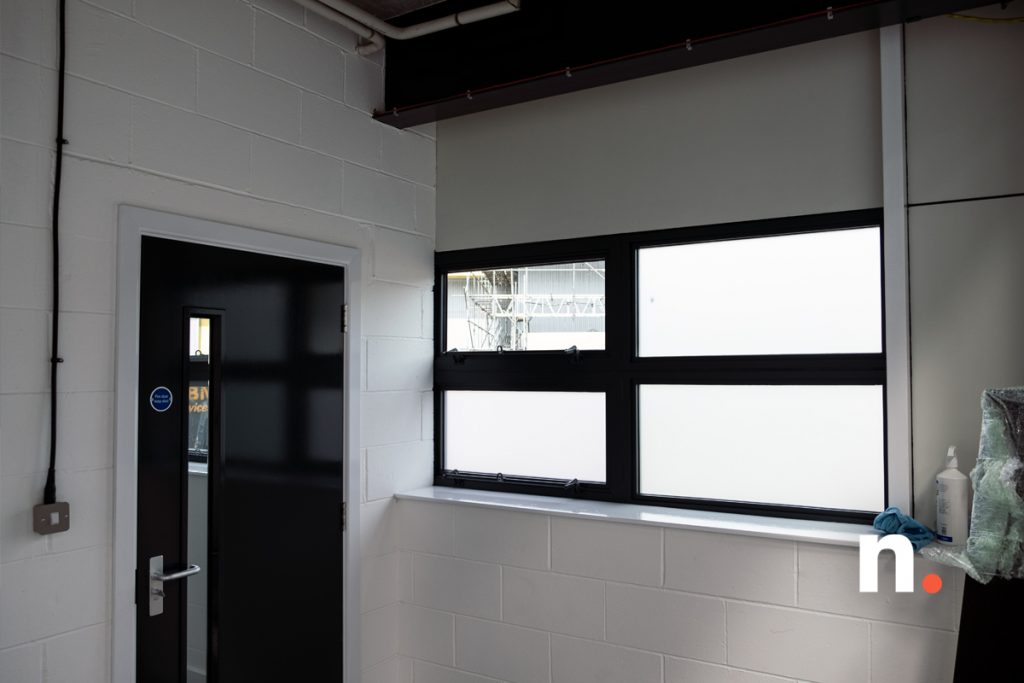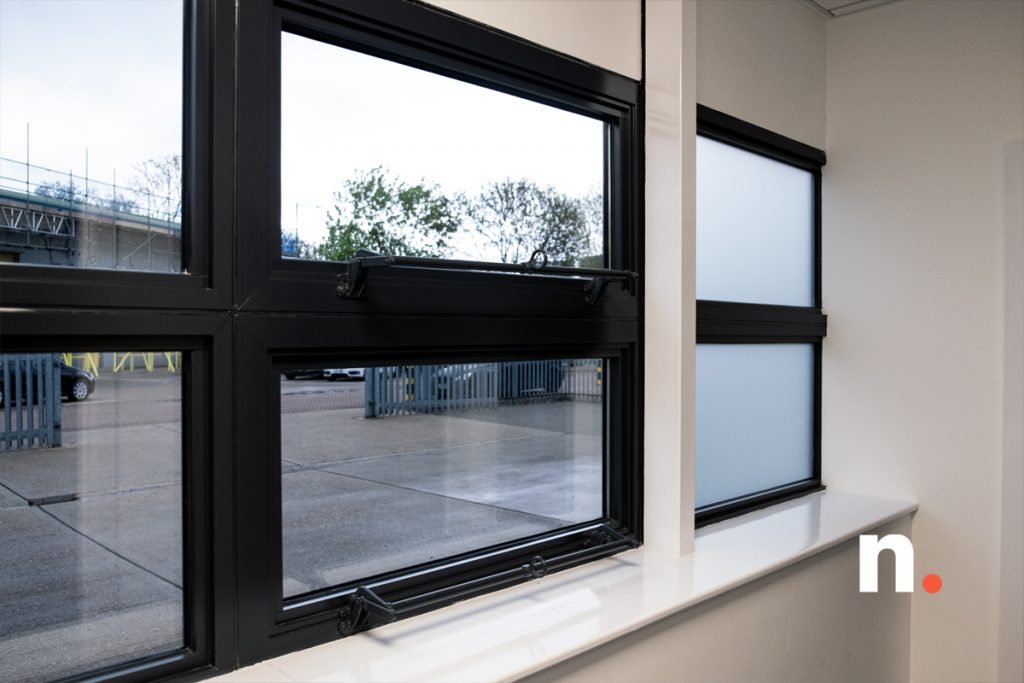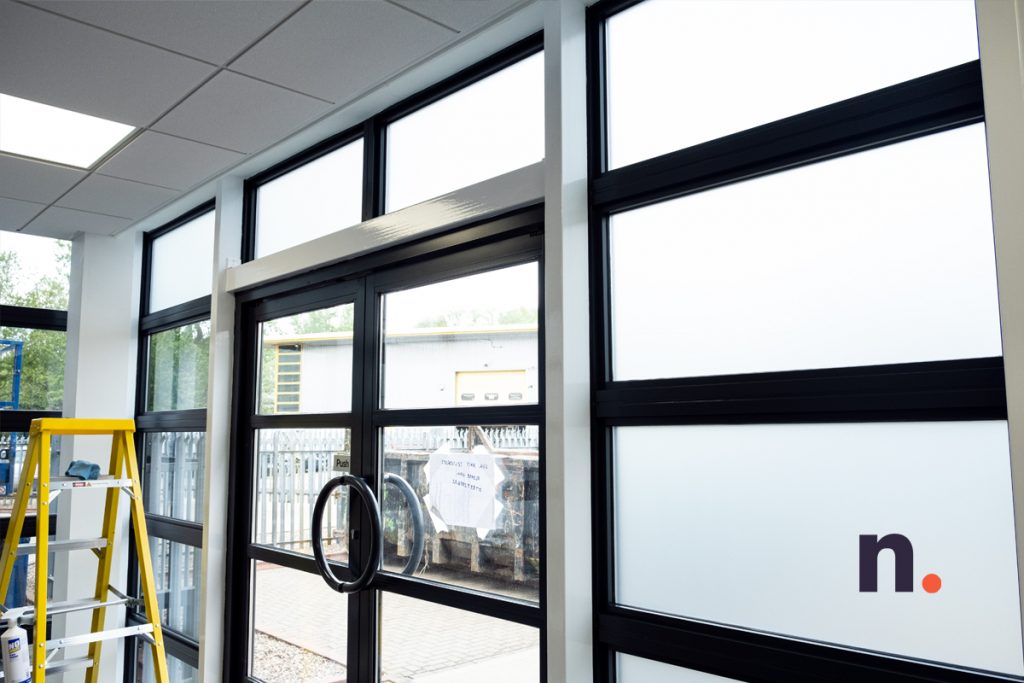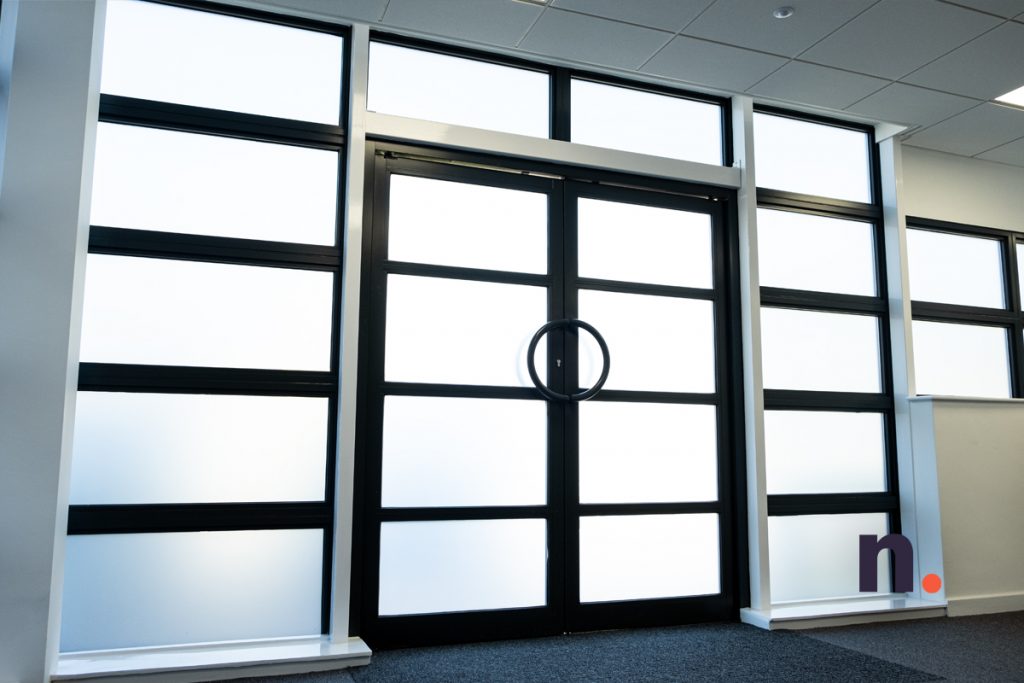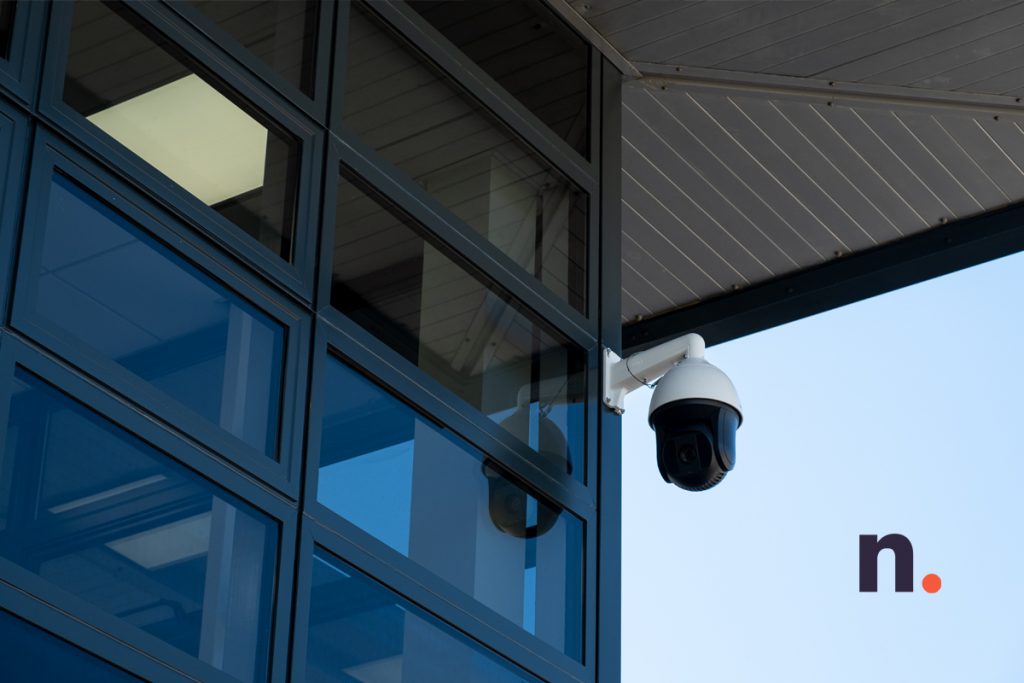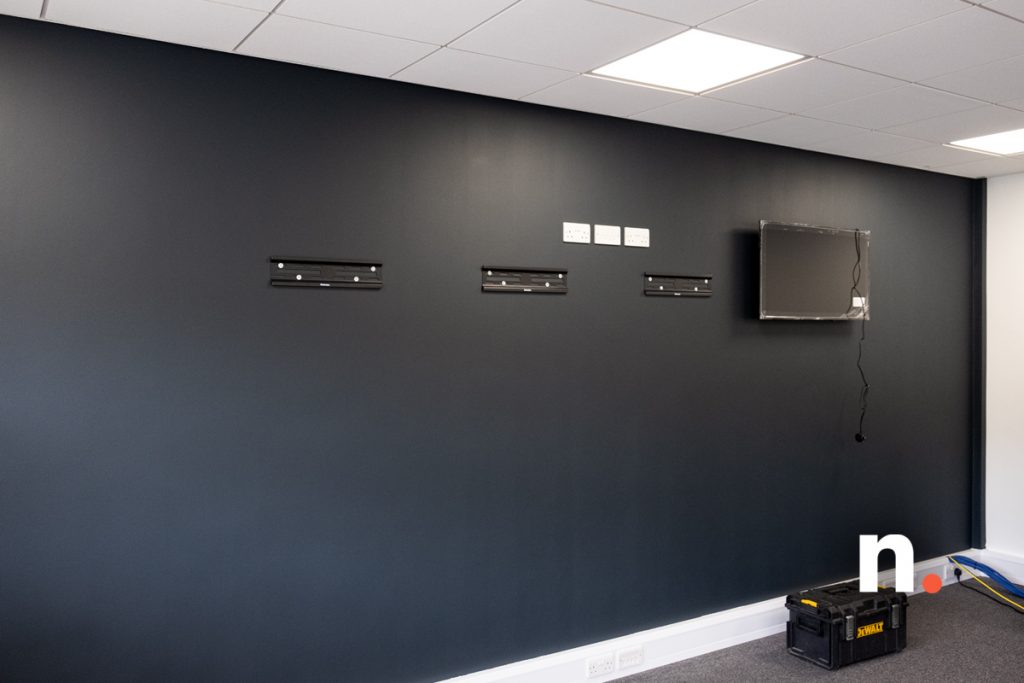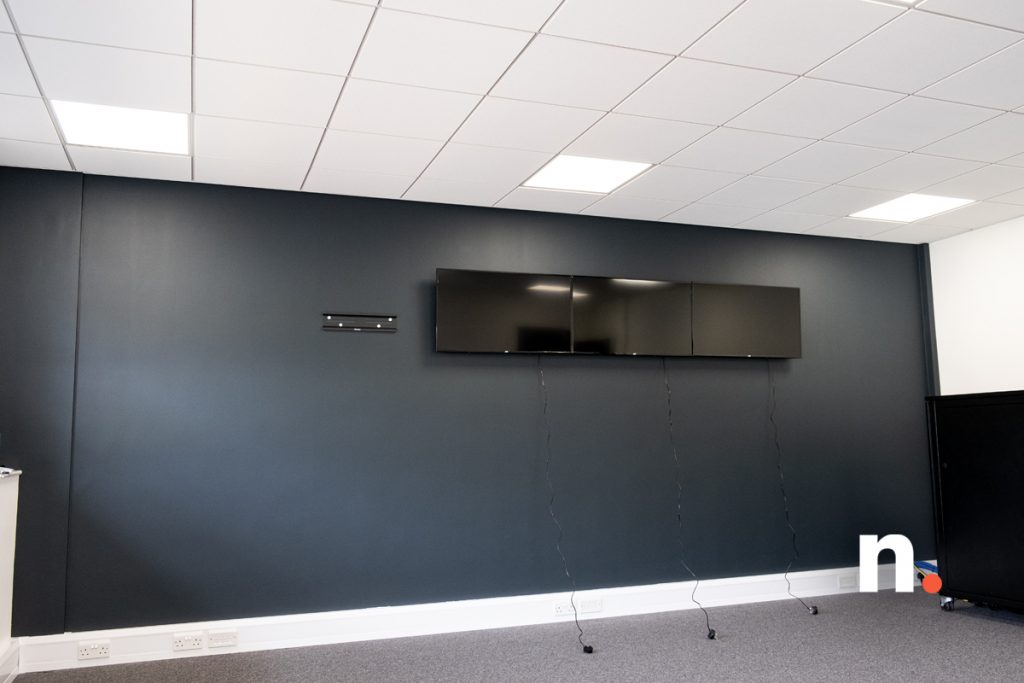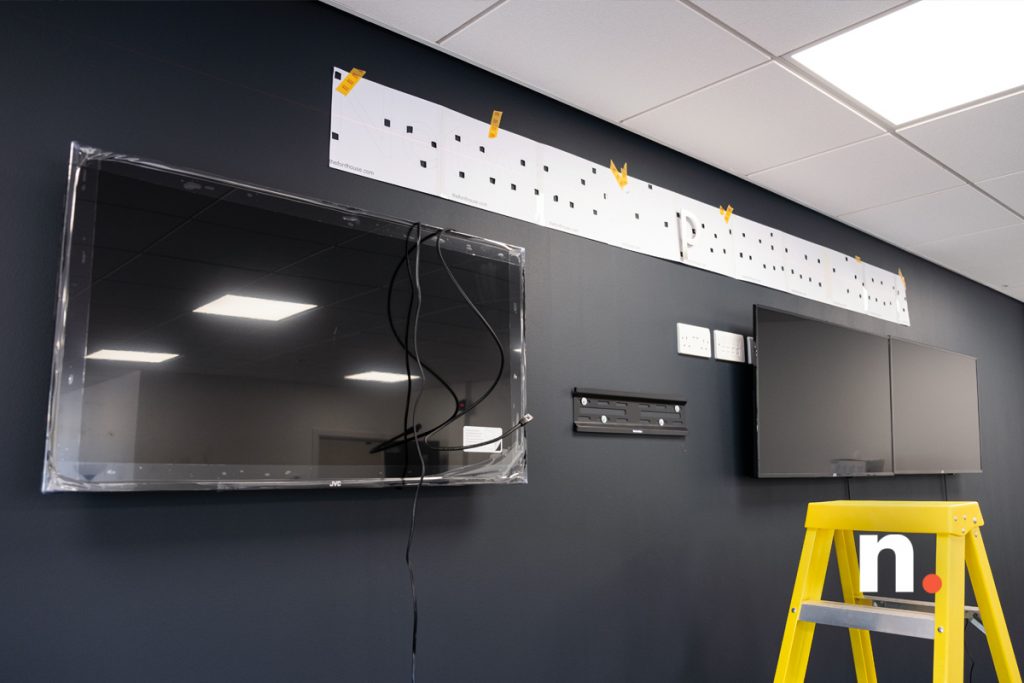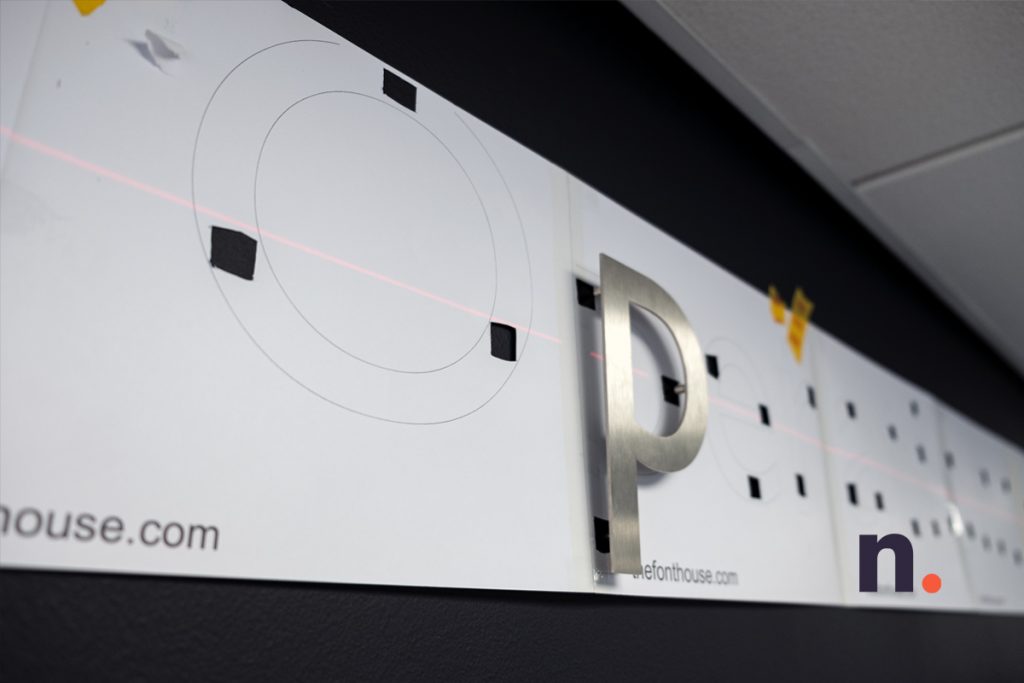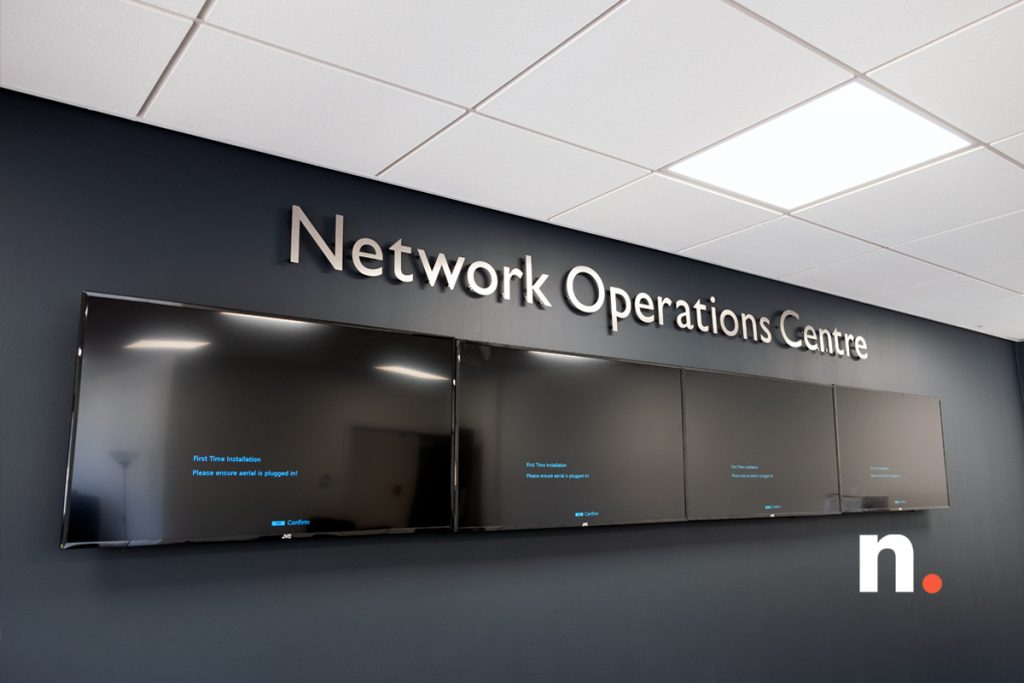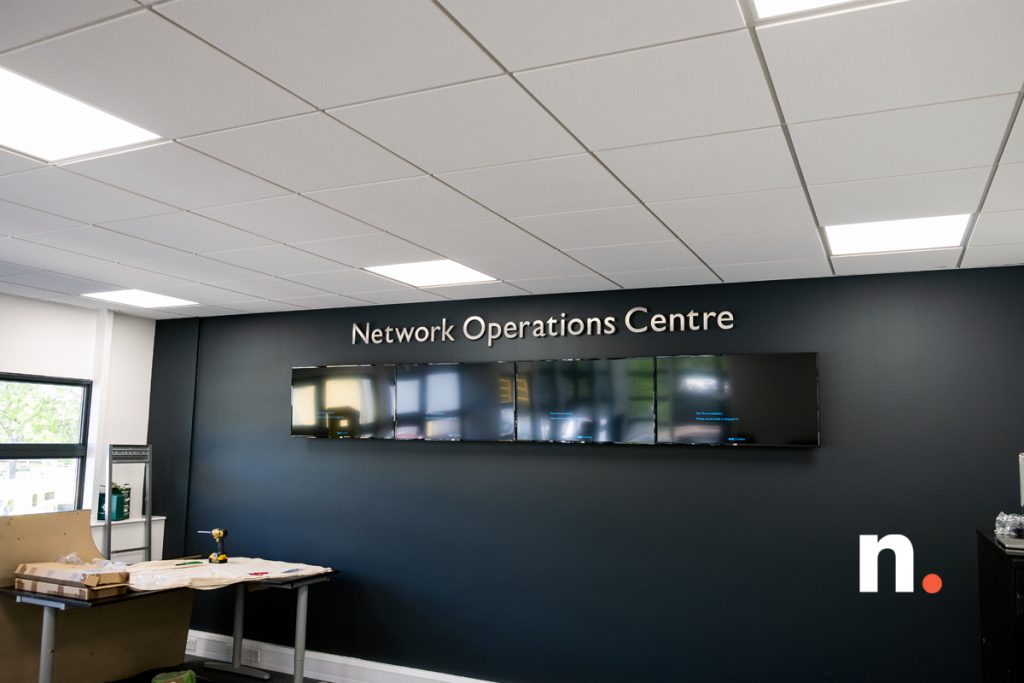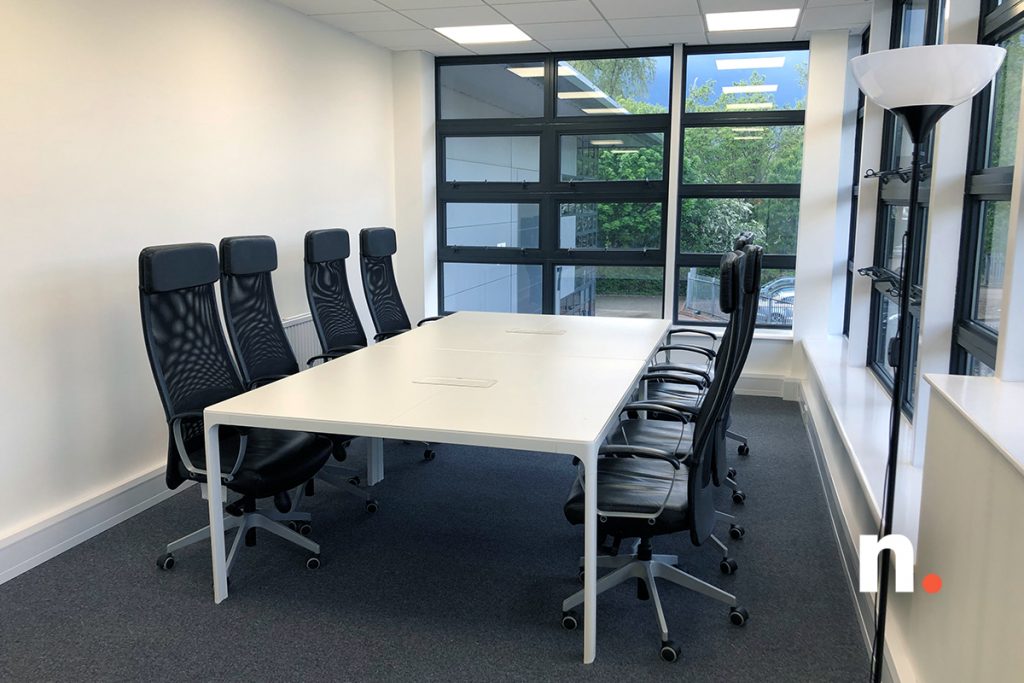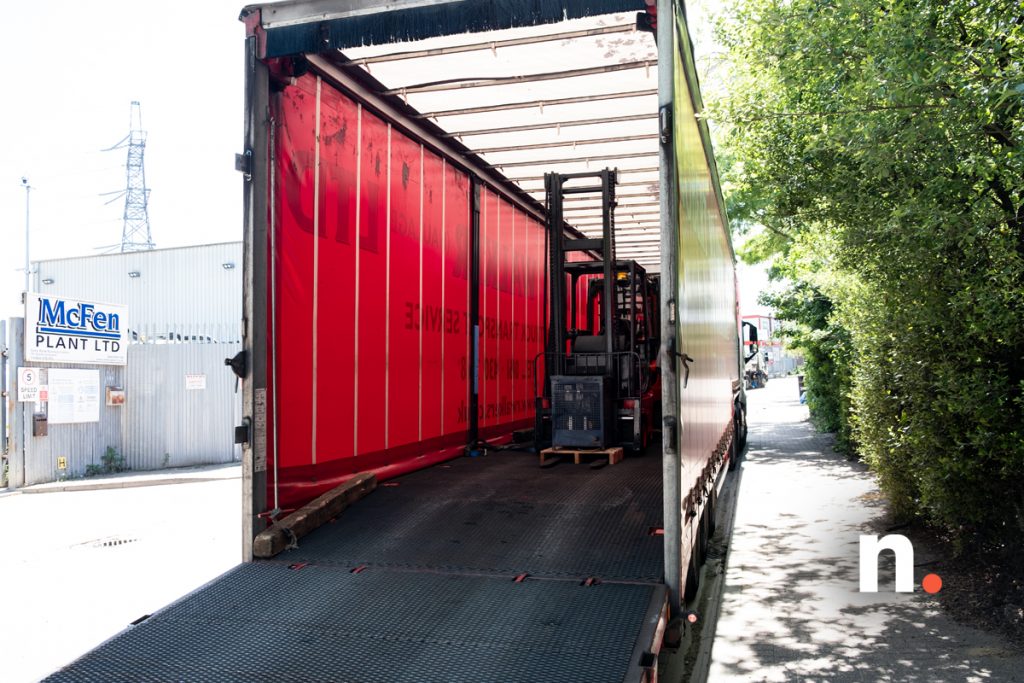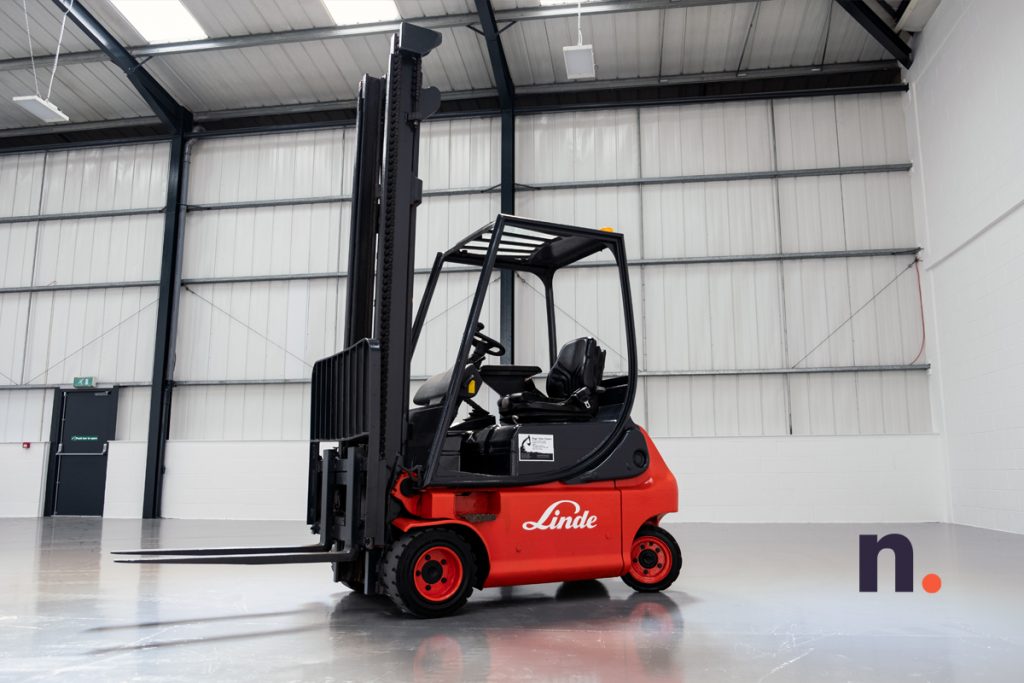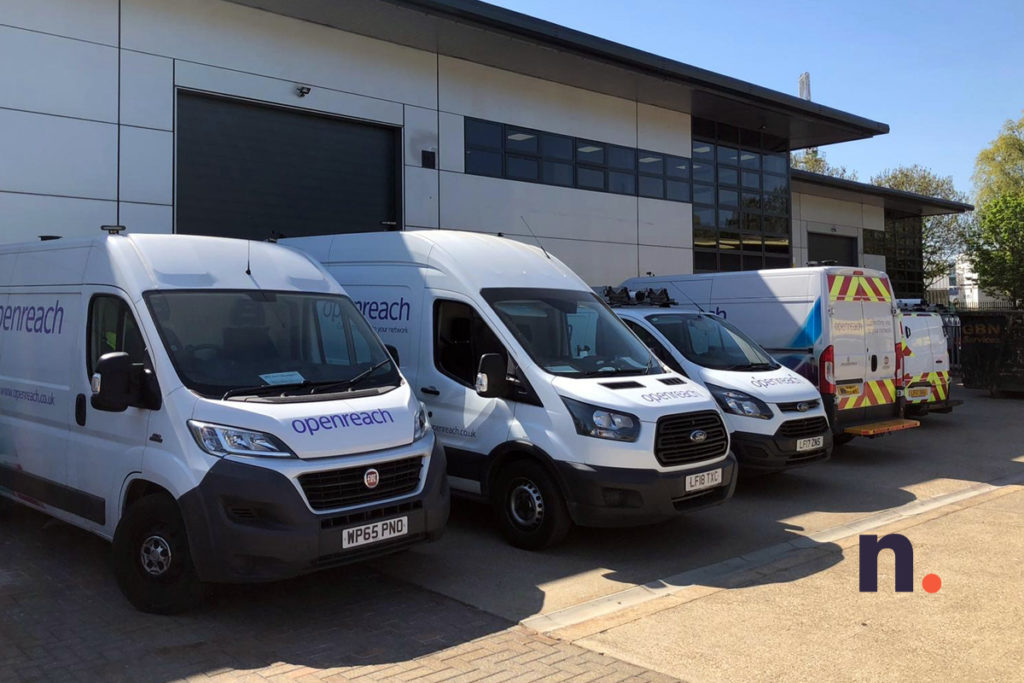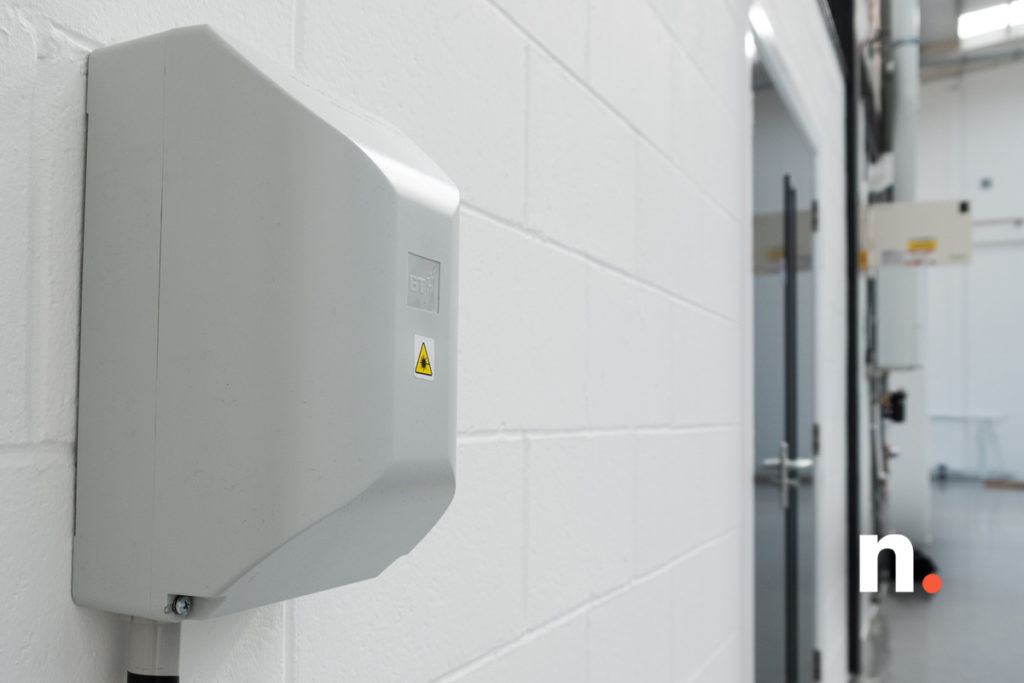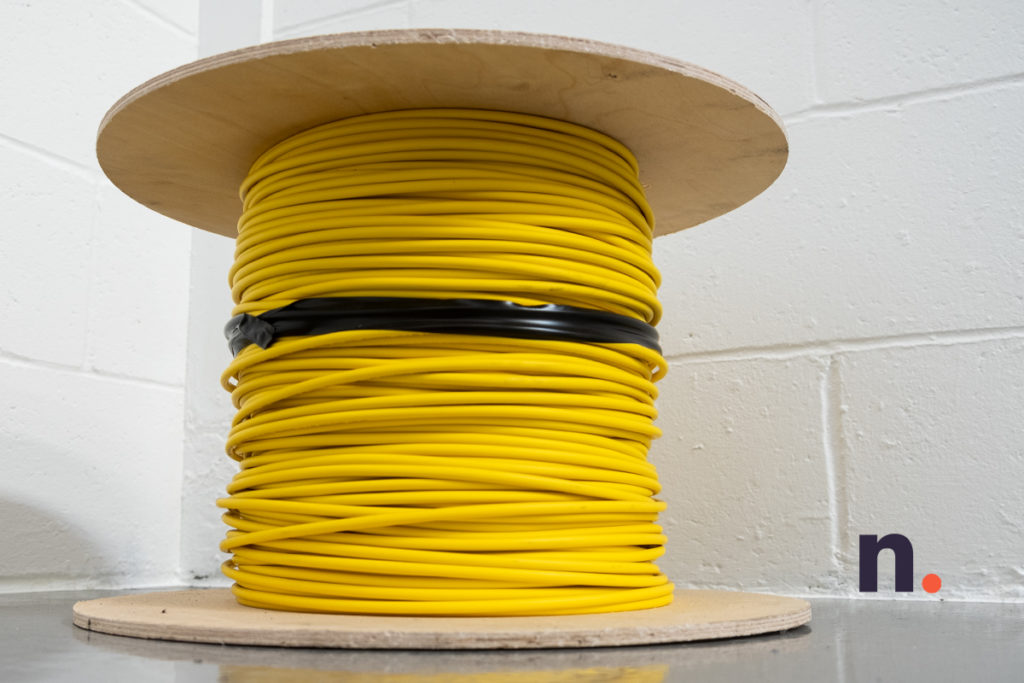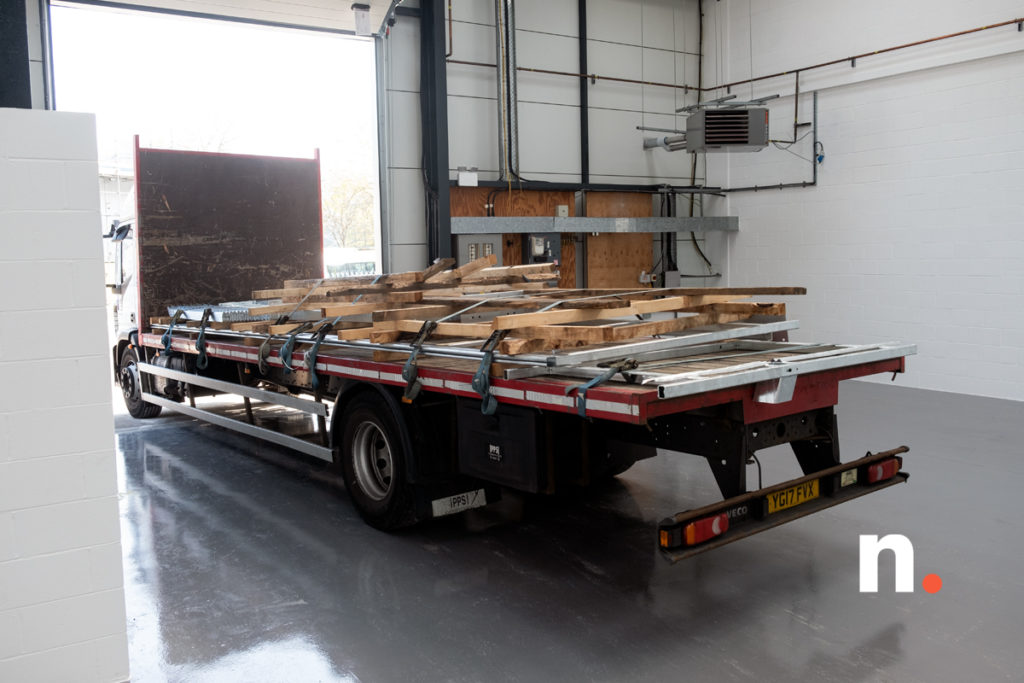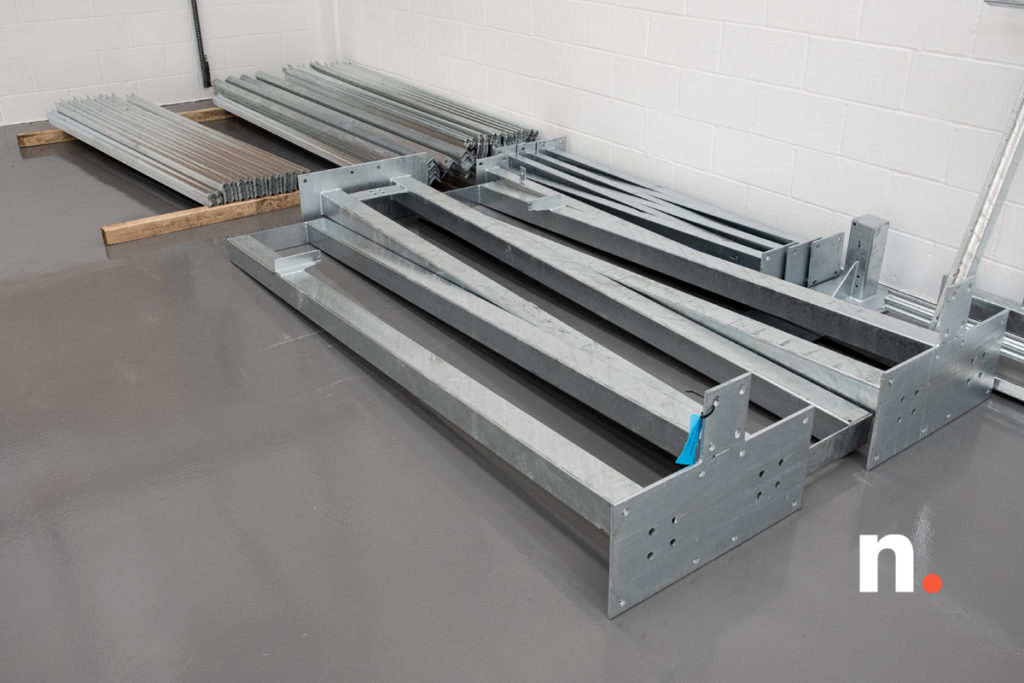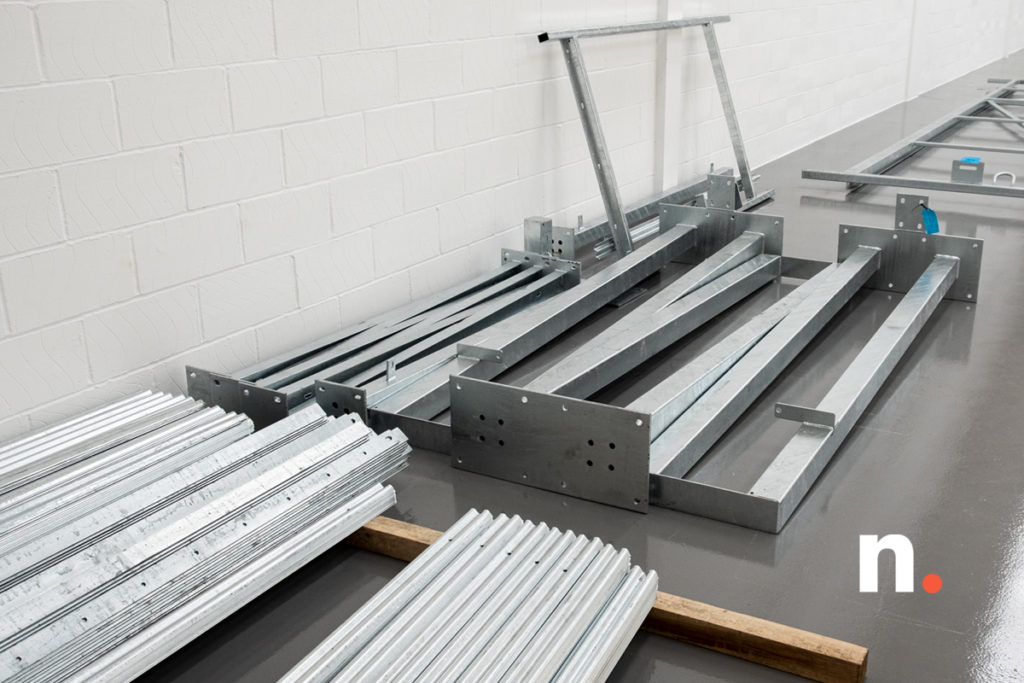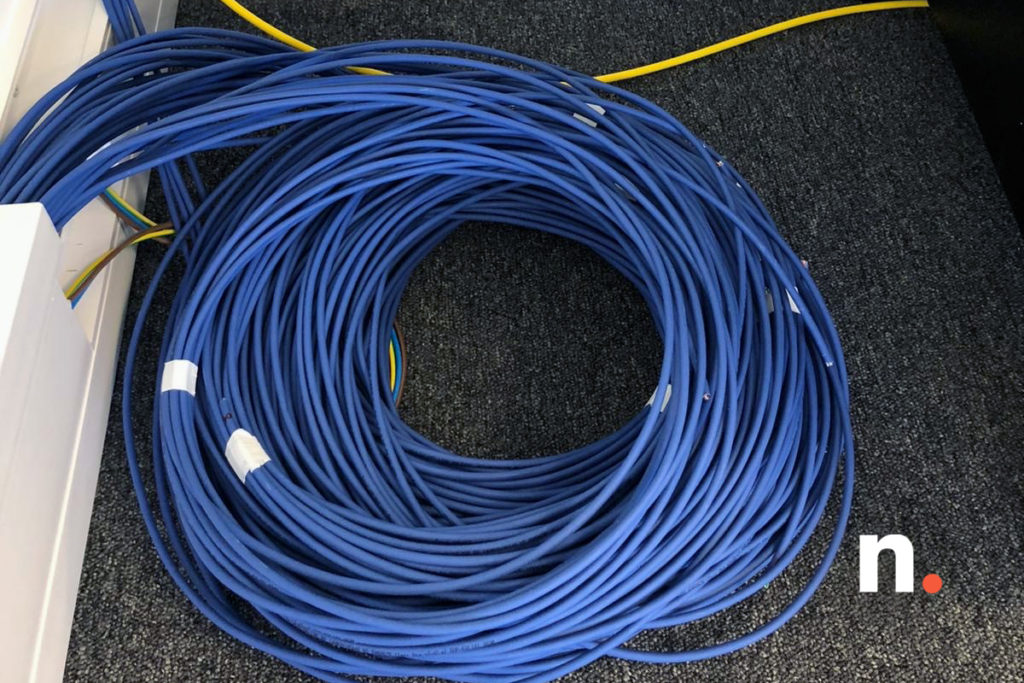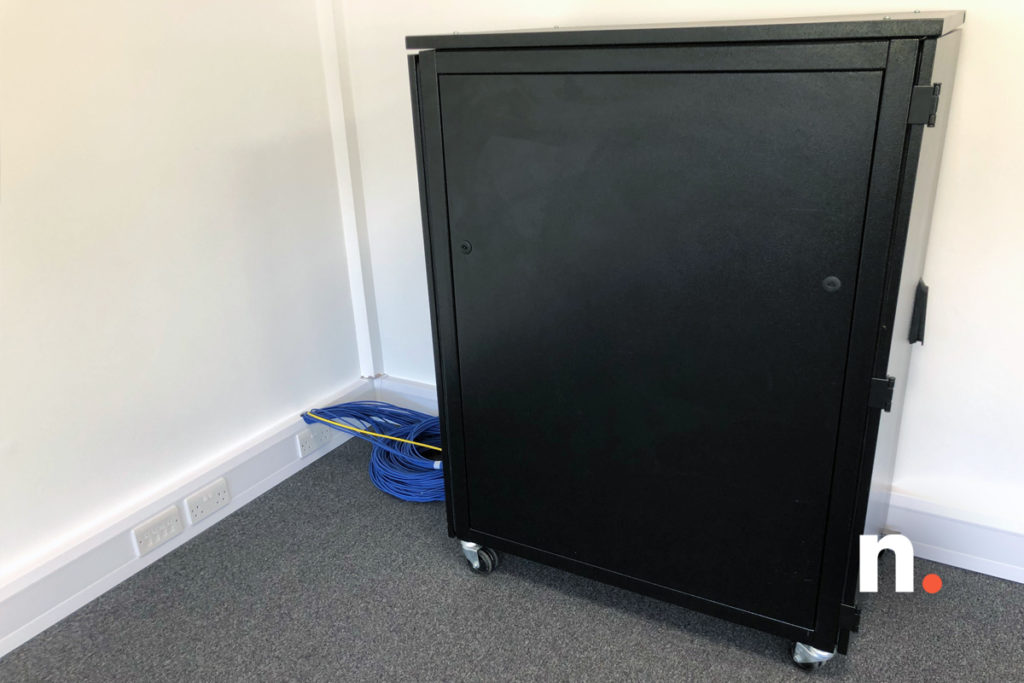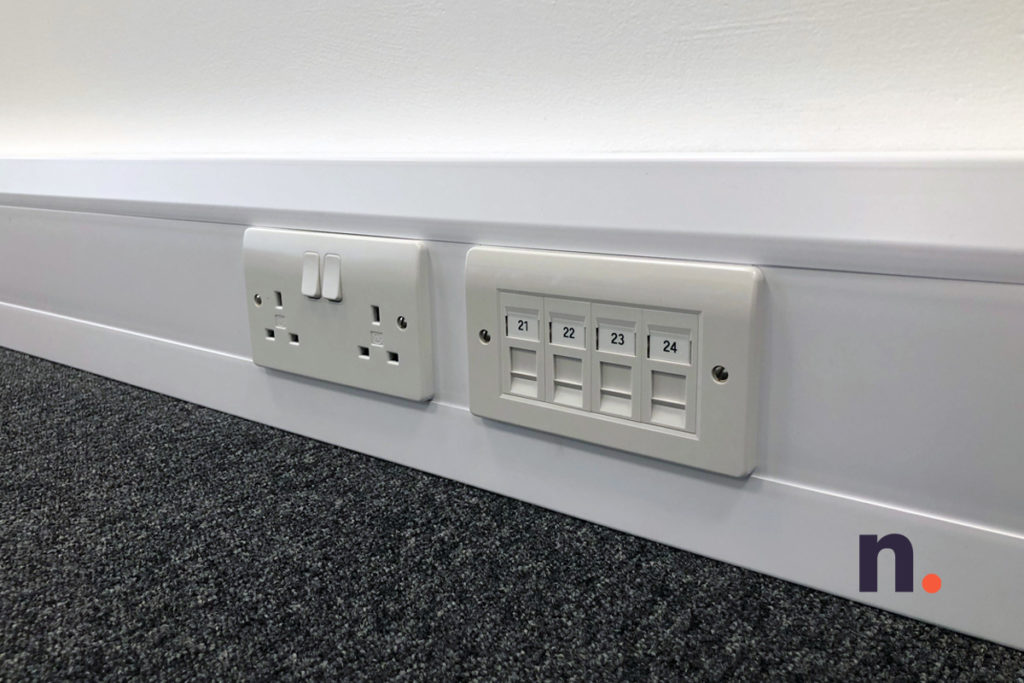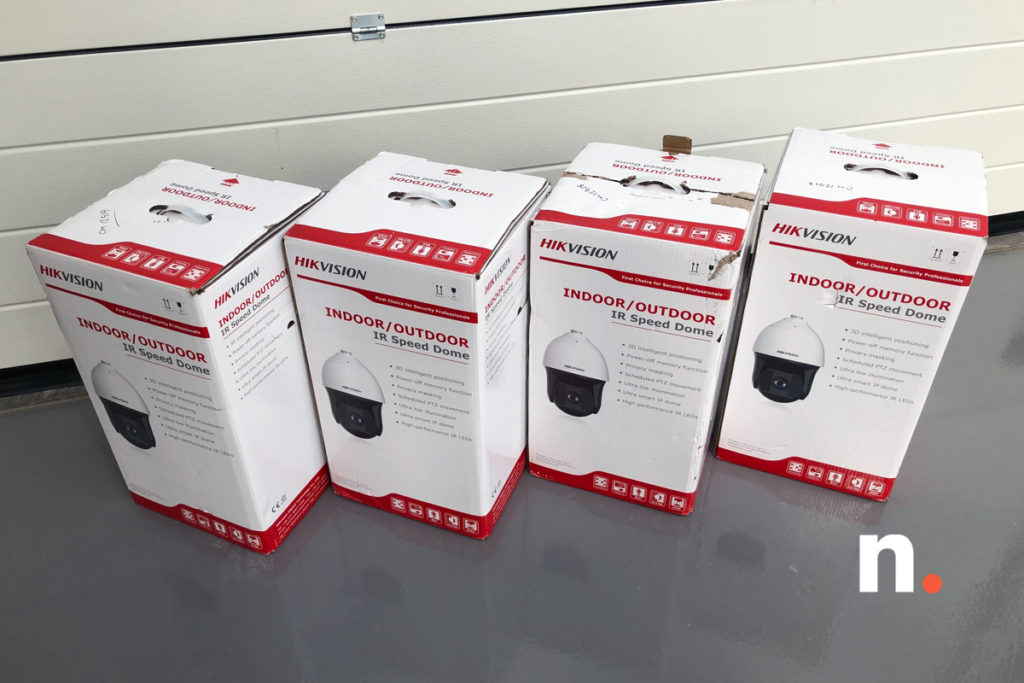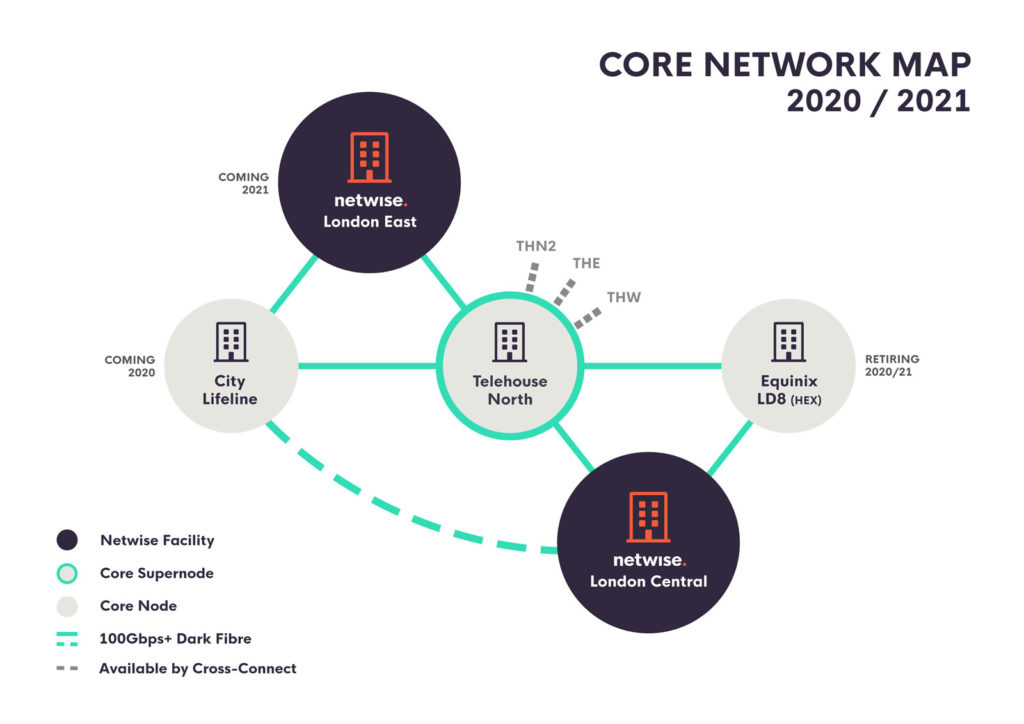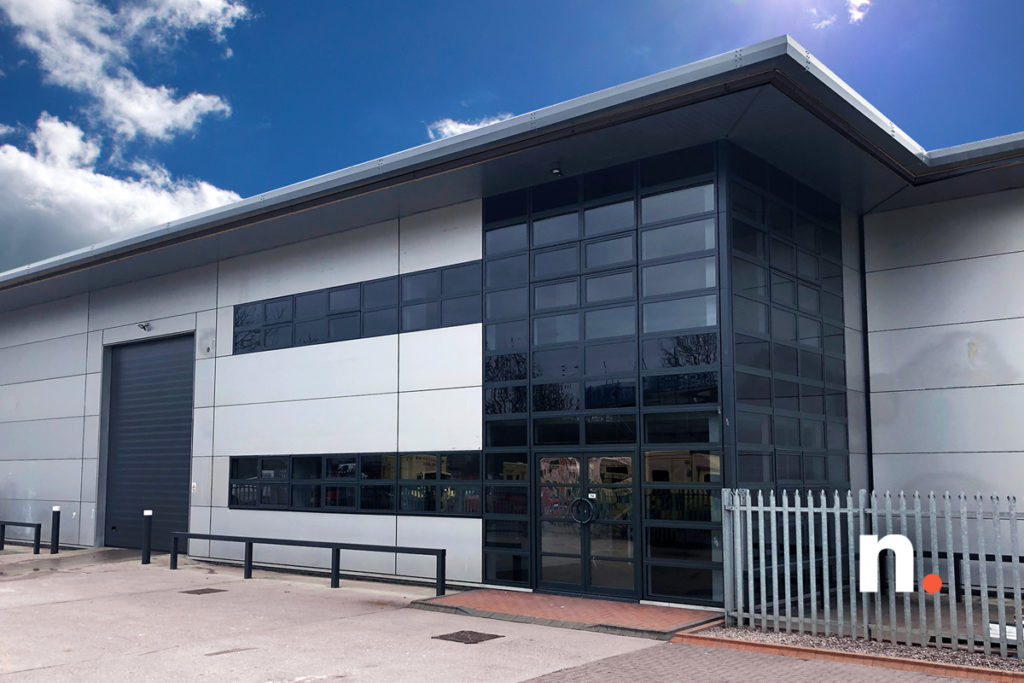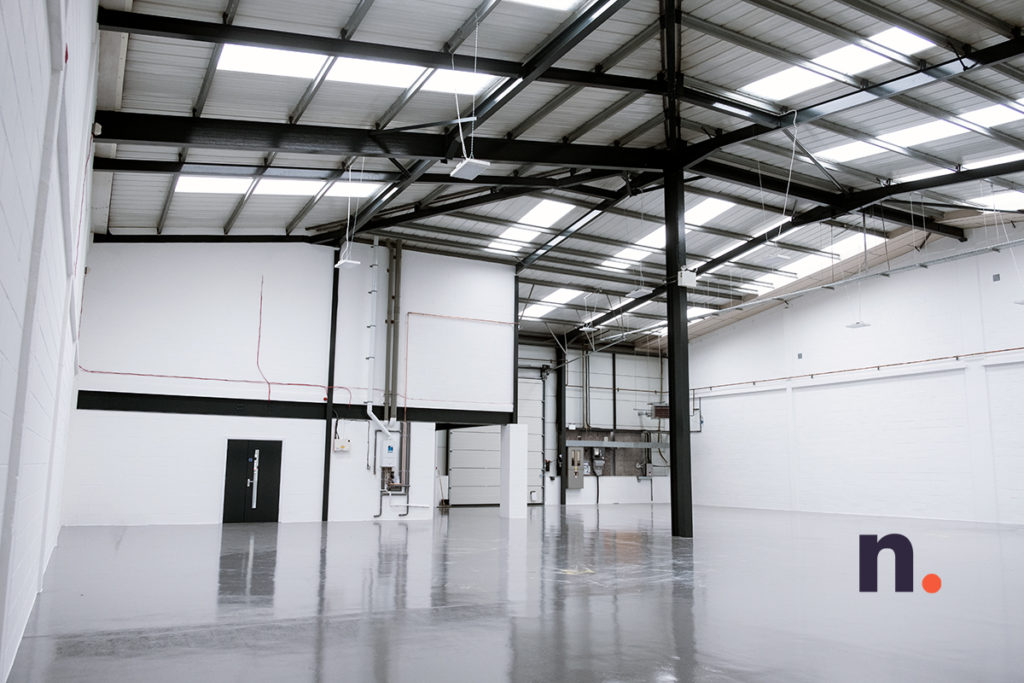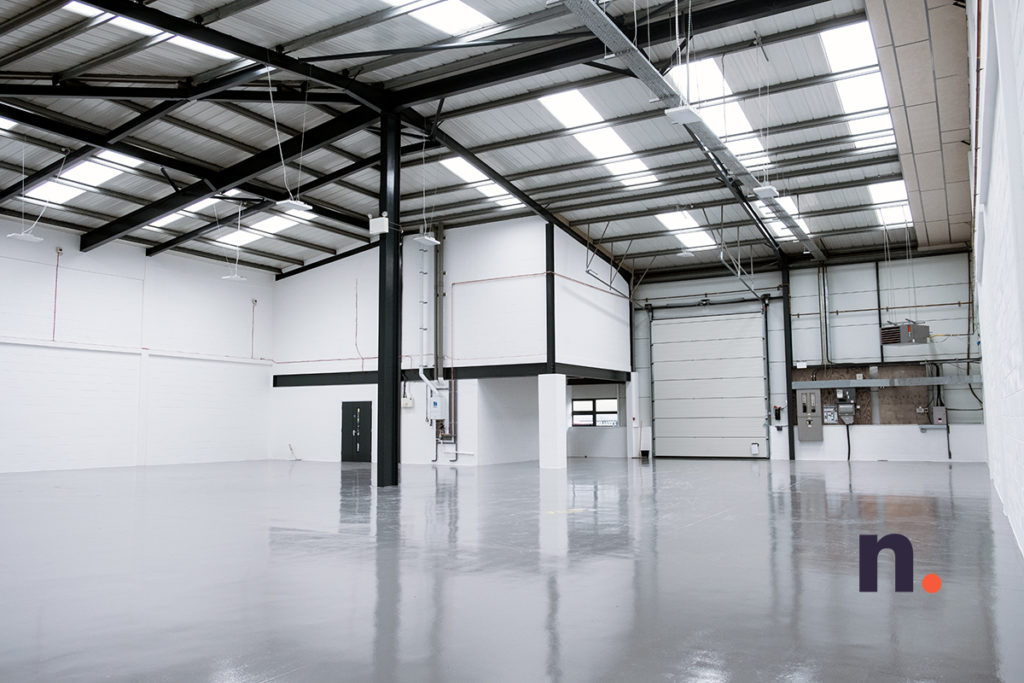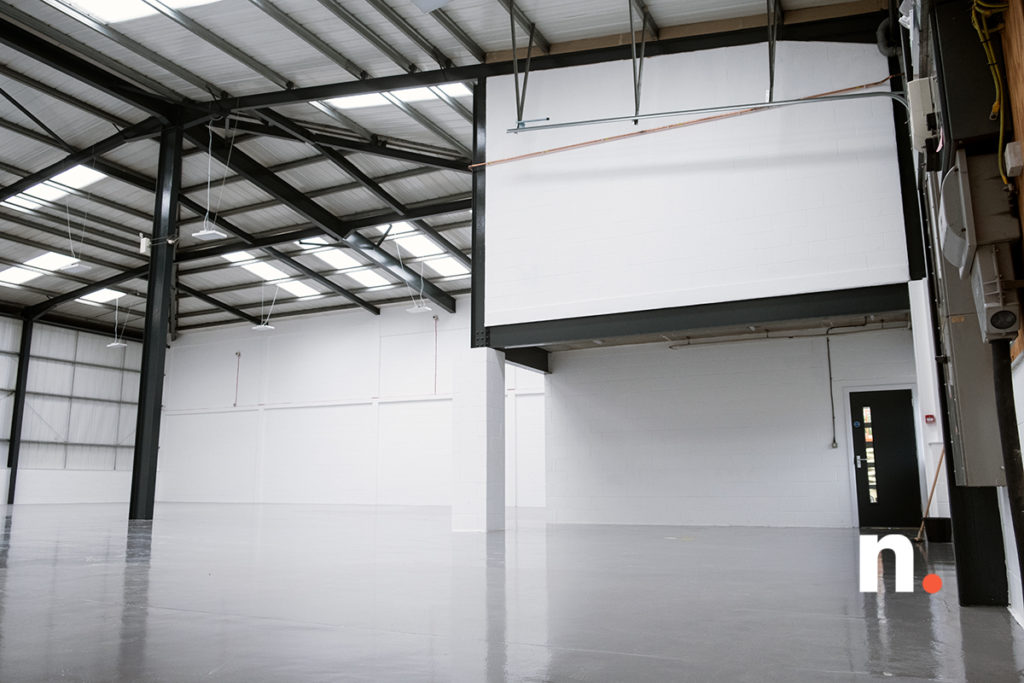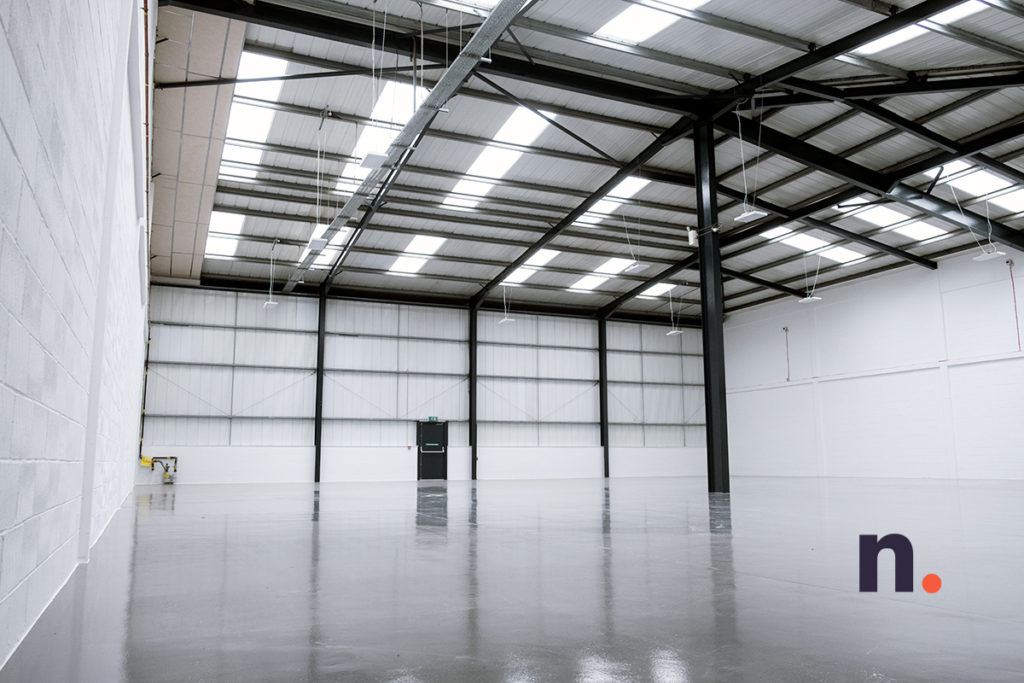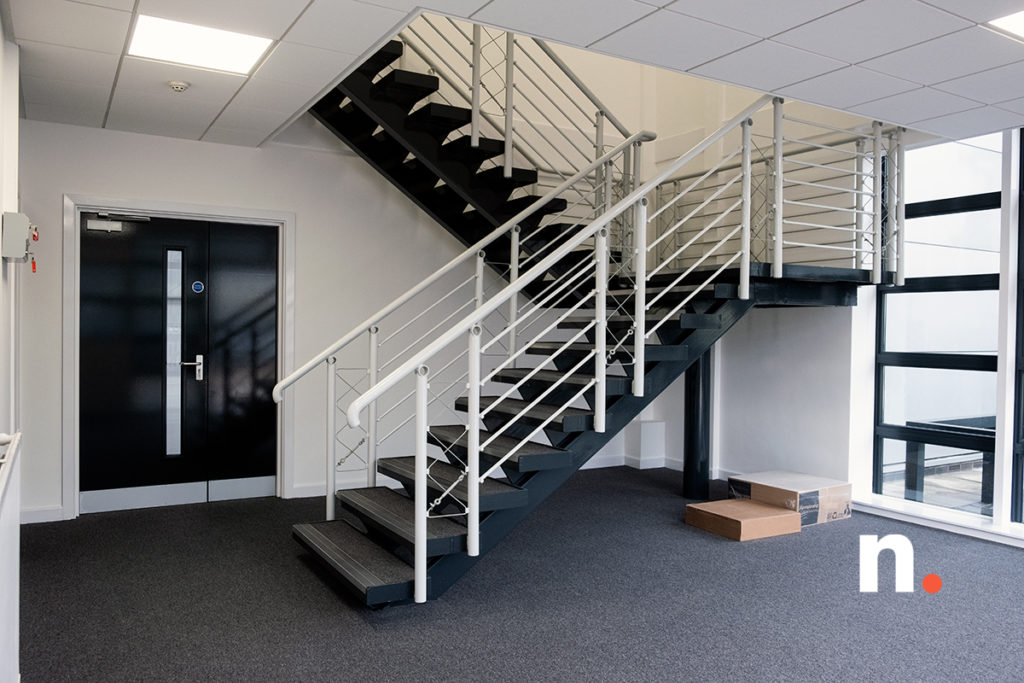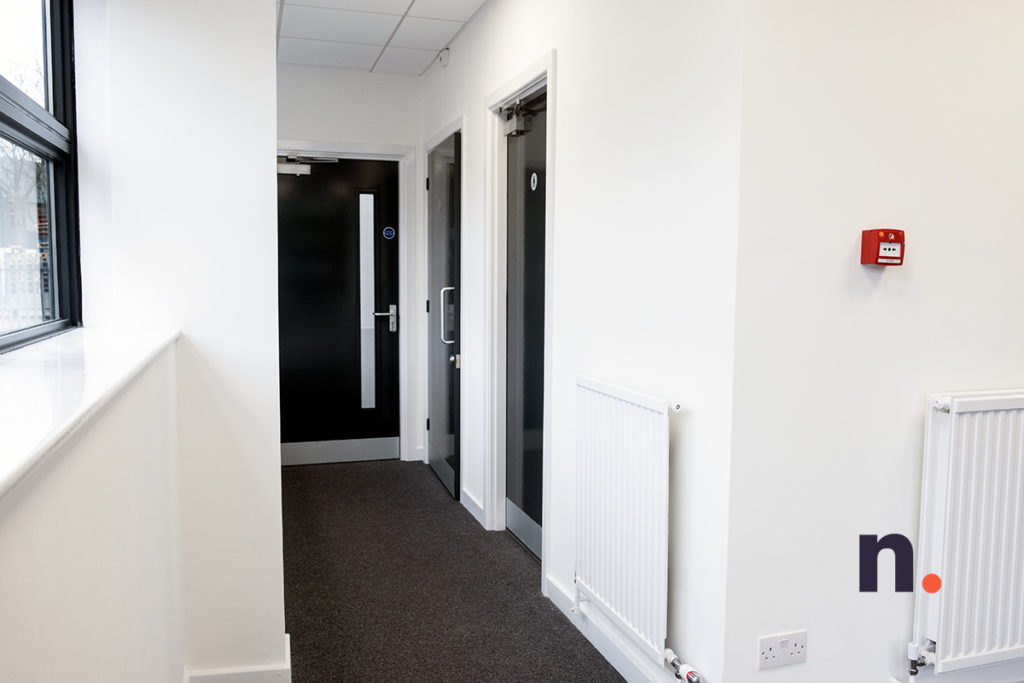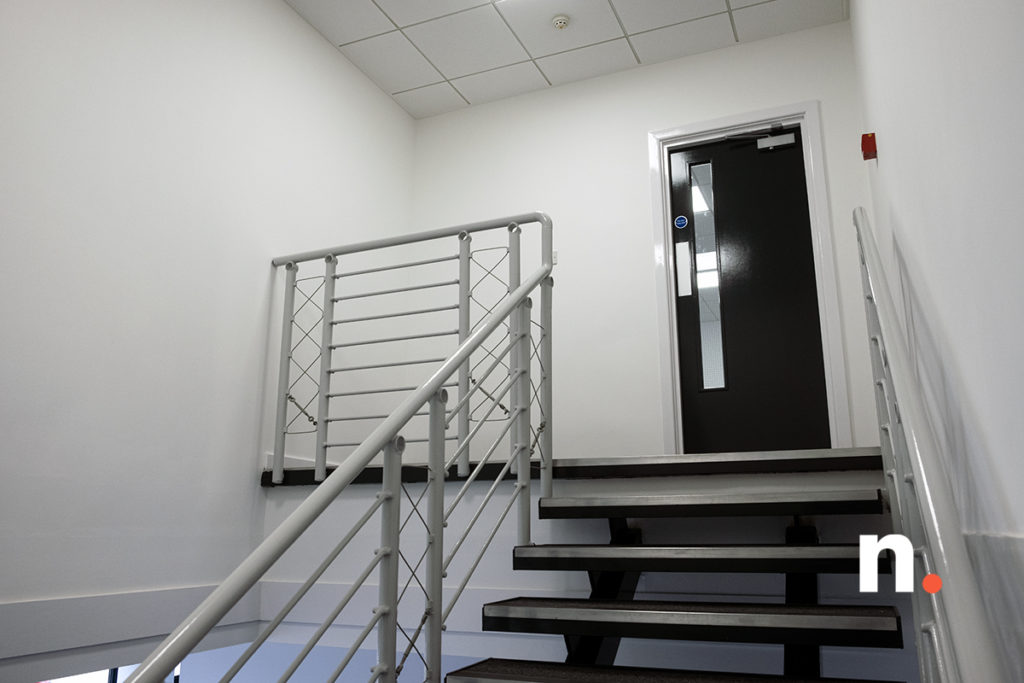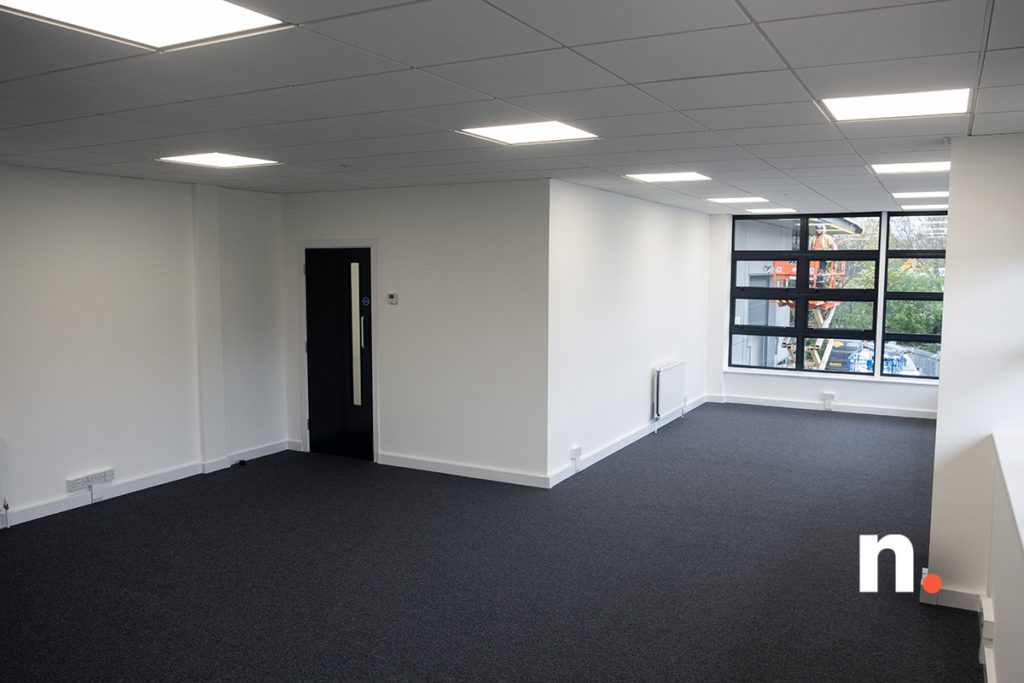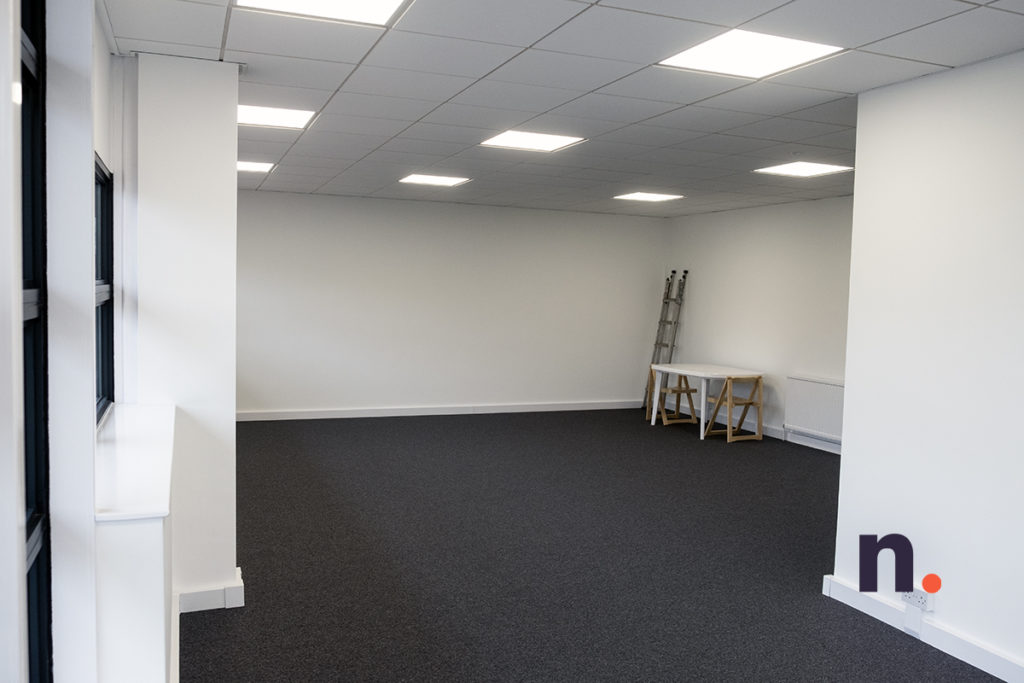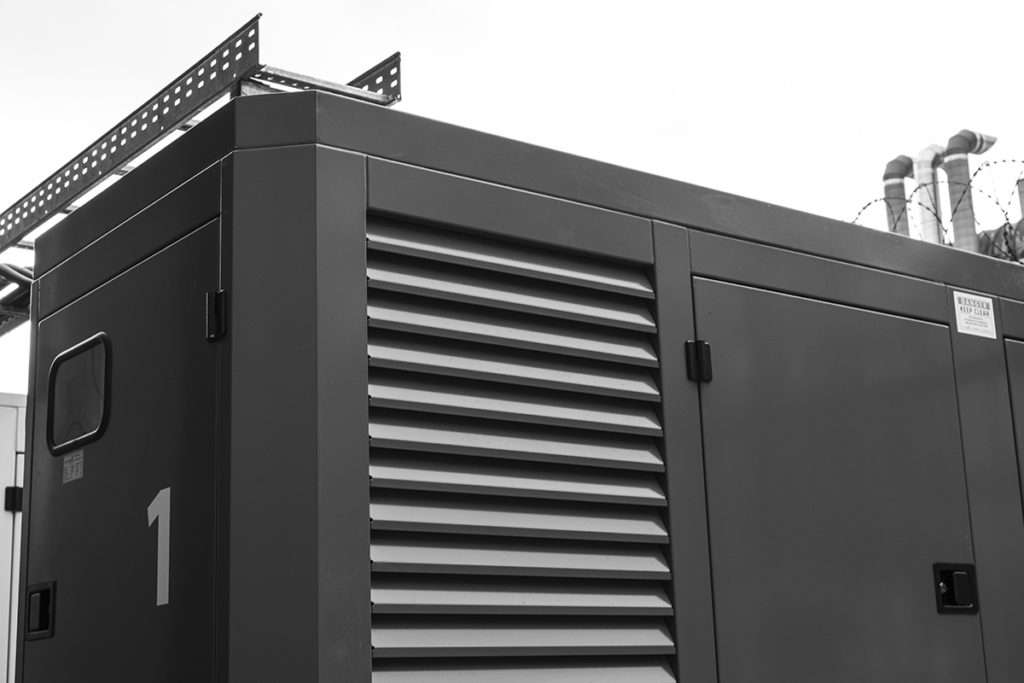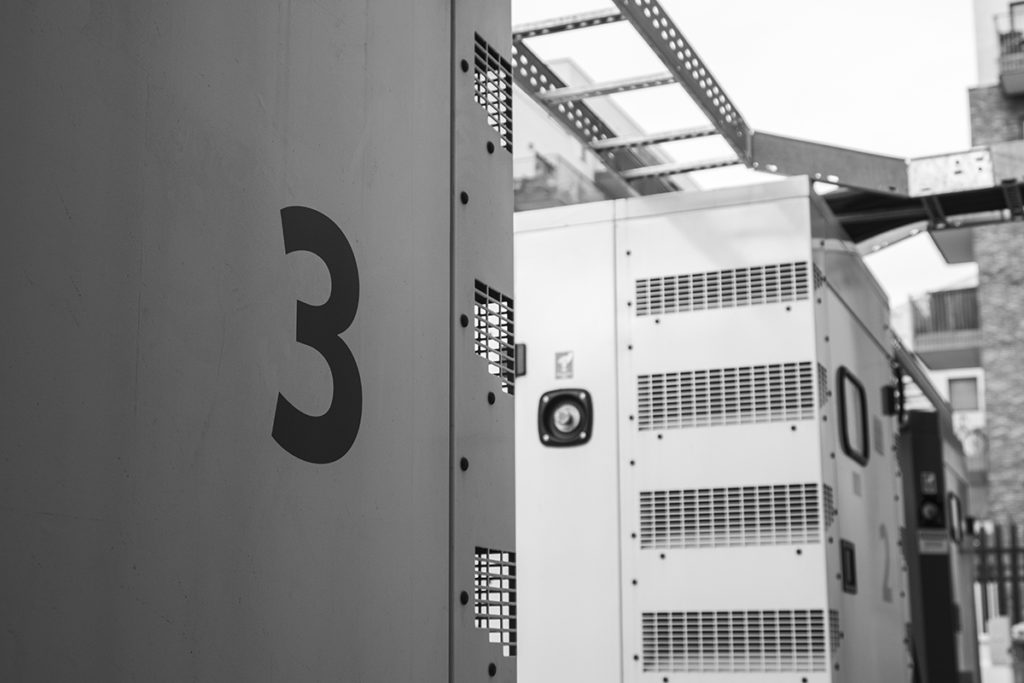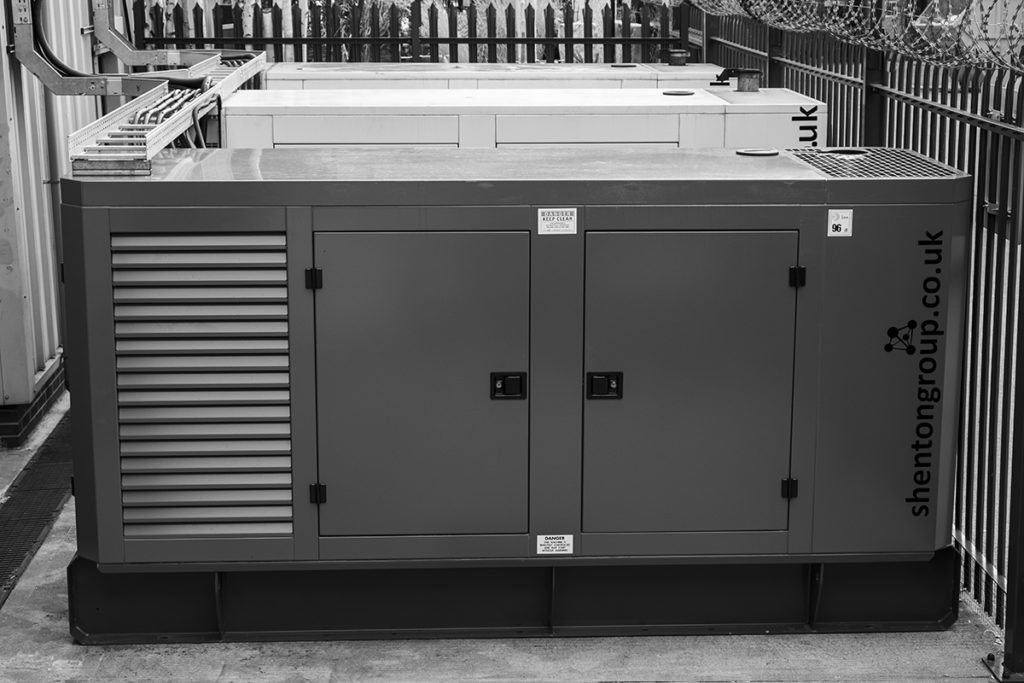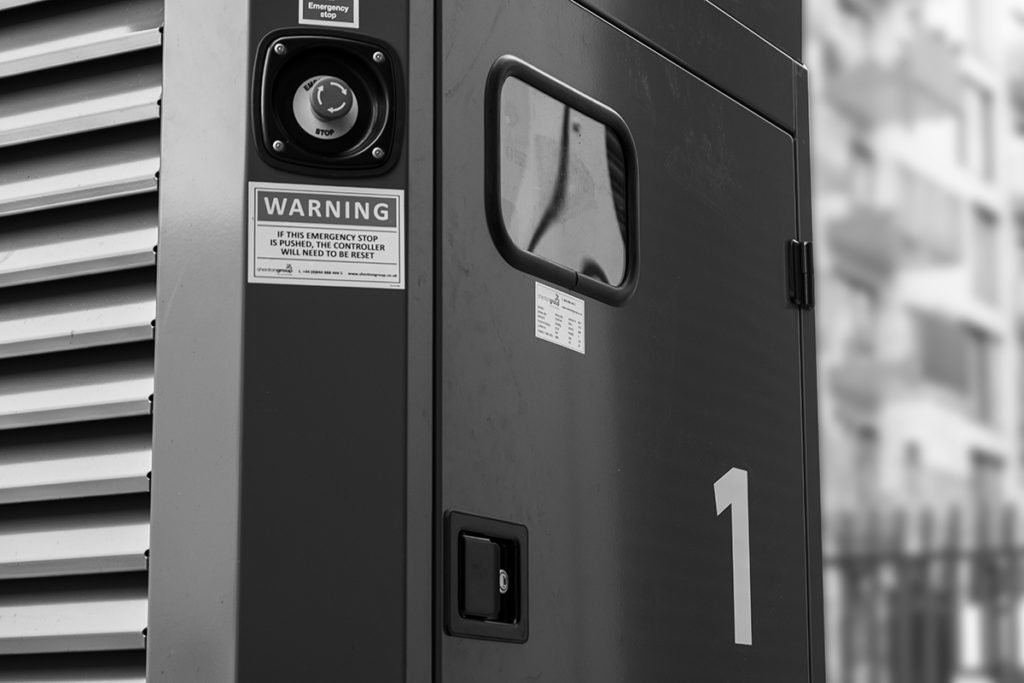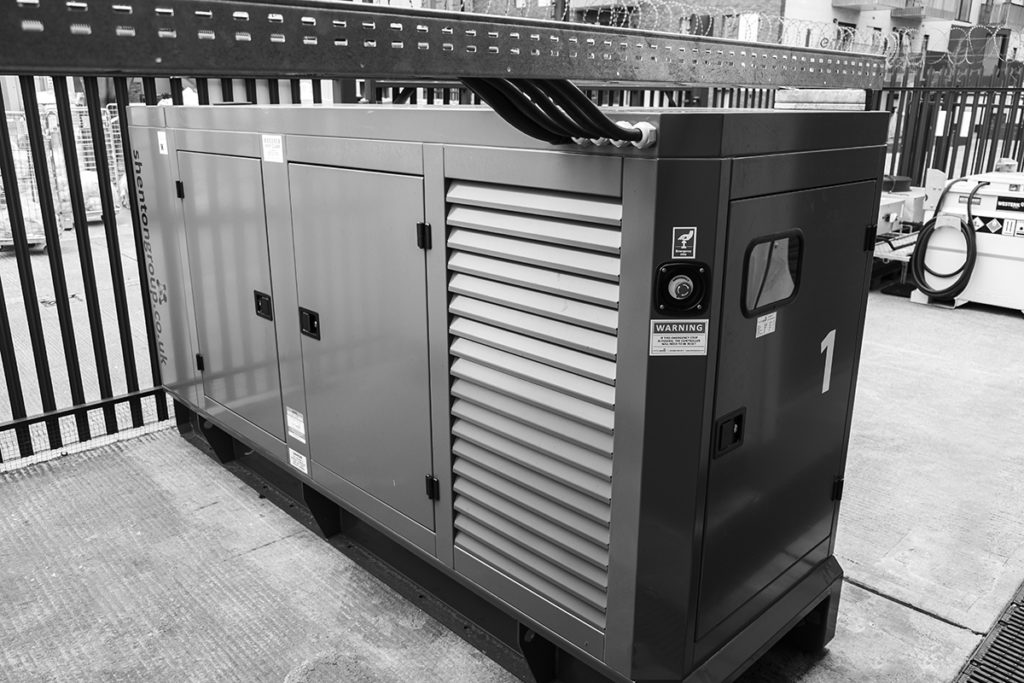Focus over the last two weeks has generally centred around finalising any preparation works ahead of the main envelope installation. This is now booked in following a number of final on-site meetings in week six, which saw the last survey completed, with production on the steel work now underway.
Weekly overview
The main areas of change seen since the last update have centred around the installation of our warehouse-side storage mezzanine, our NOC kitchenette, along with various smaller tasks and behind the scenes work to enable heavy construction to begin in the coming weeks.
Our warehouse mezzanine will enable far more effective use of our on-site loading bay area, providing masses of secure storage for spares and client deliveries. We make great use of the loading bay area at London Central, which is something we will be carrying through to all future Netwise facilities.
The new kitchenette is situated at the entrance to the office / NOC, provided for our on-site engineers, and anyone else working at this site during normal operation. We’ve already decked out this new space with another top-spec Jura coffee machine to match NLC – something our current engineering team very much enjoy! This will be the first of two new kitchenette areas installed at NLE, the second of which will be found inside the large customer break-out area.
The NOC itself has also seen some minor evolution, with the first row of engineer desks now sited in their final position, including all workstation hardware, and some colour-matched upstands to protect our new grey NOC screen wall.
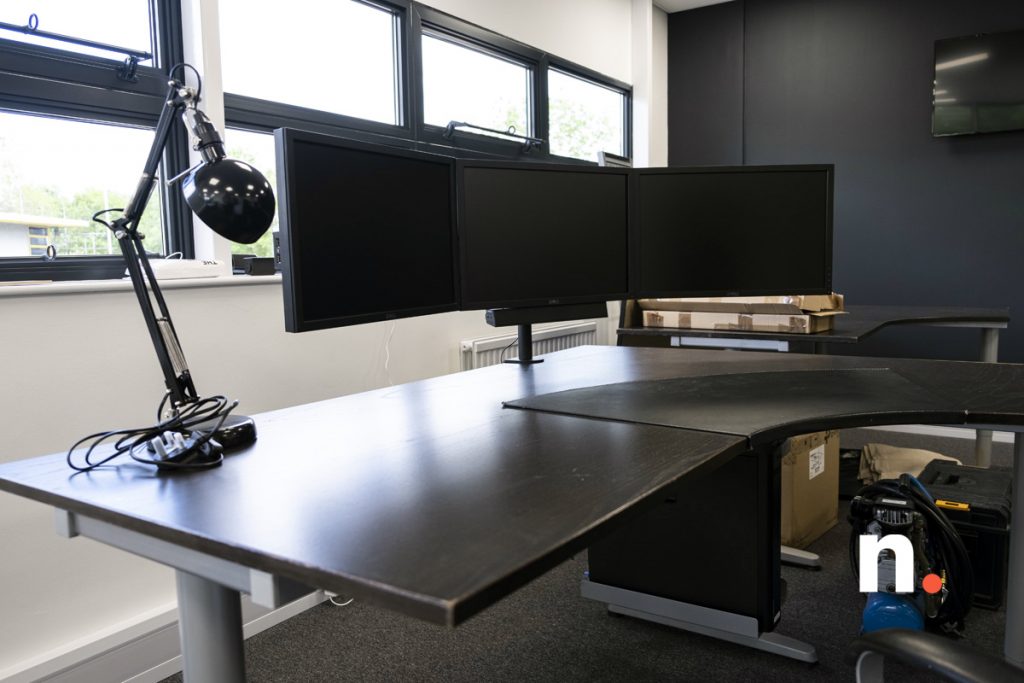
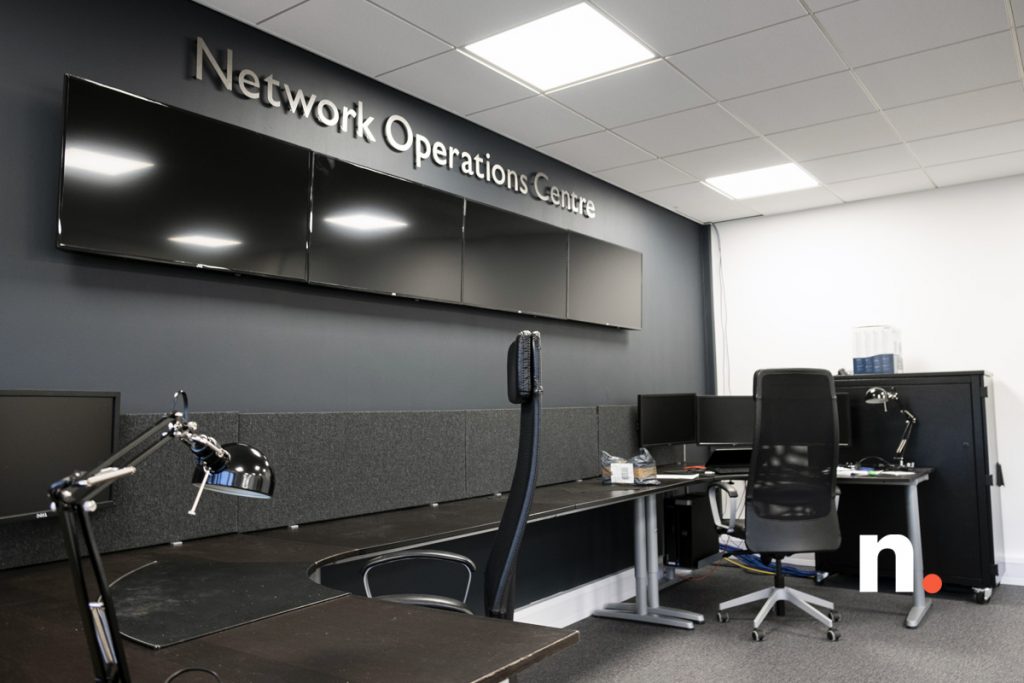
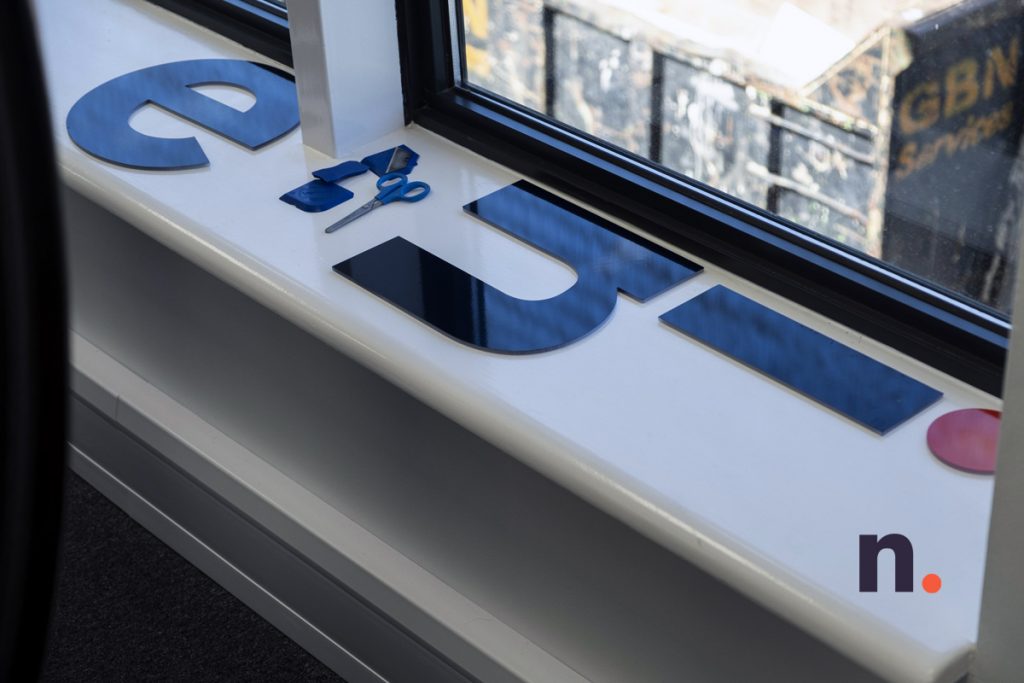
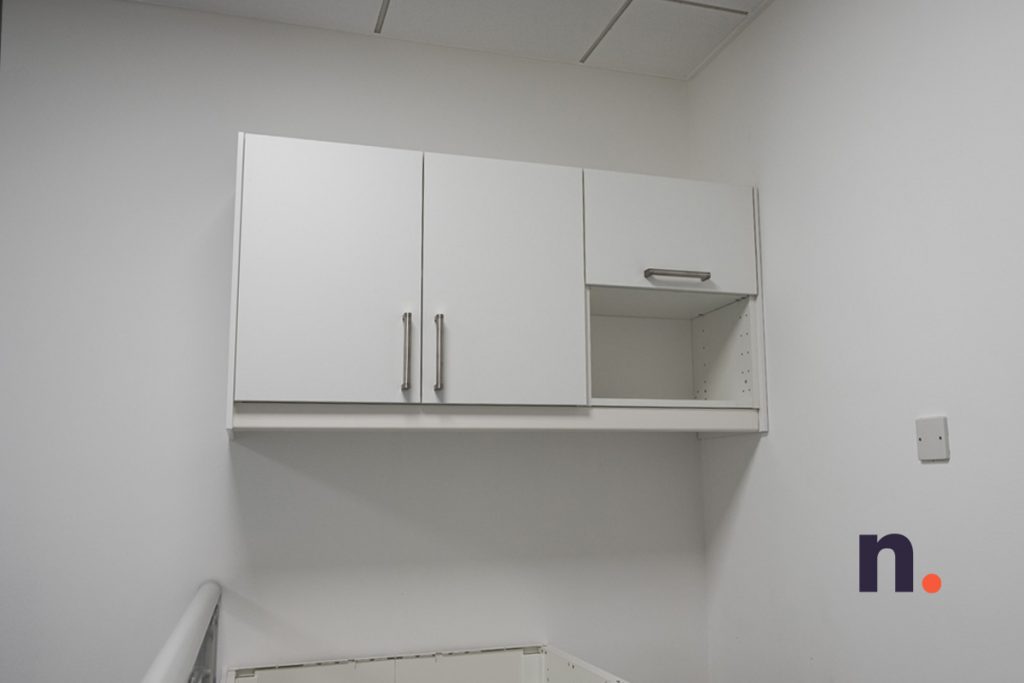
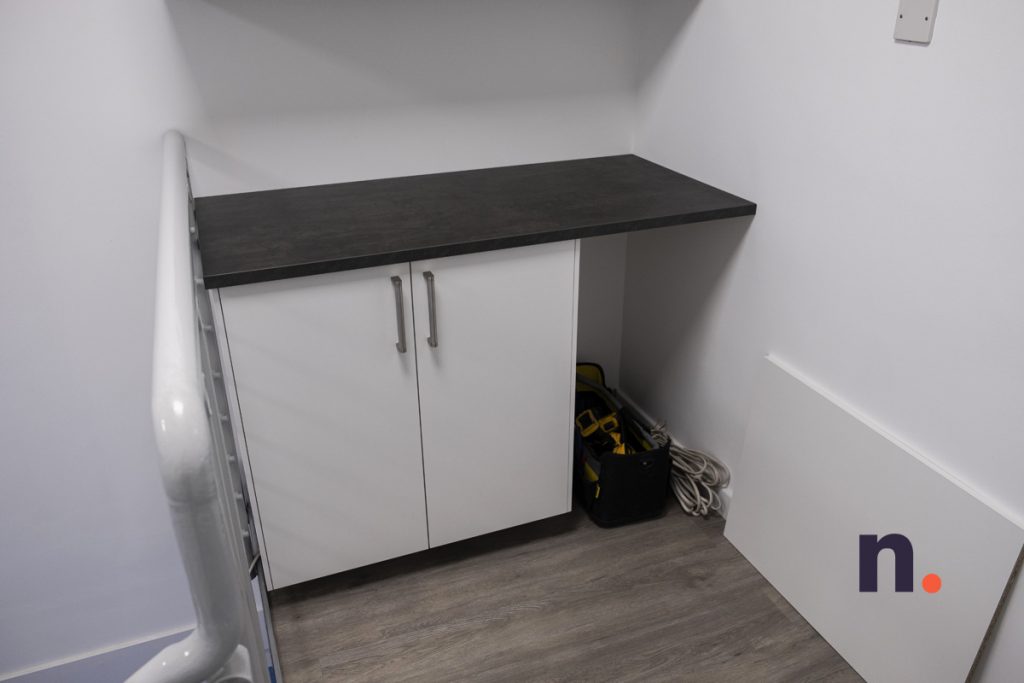
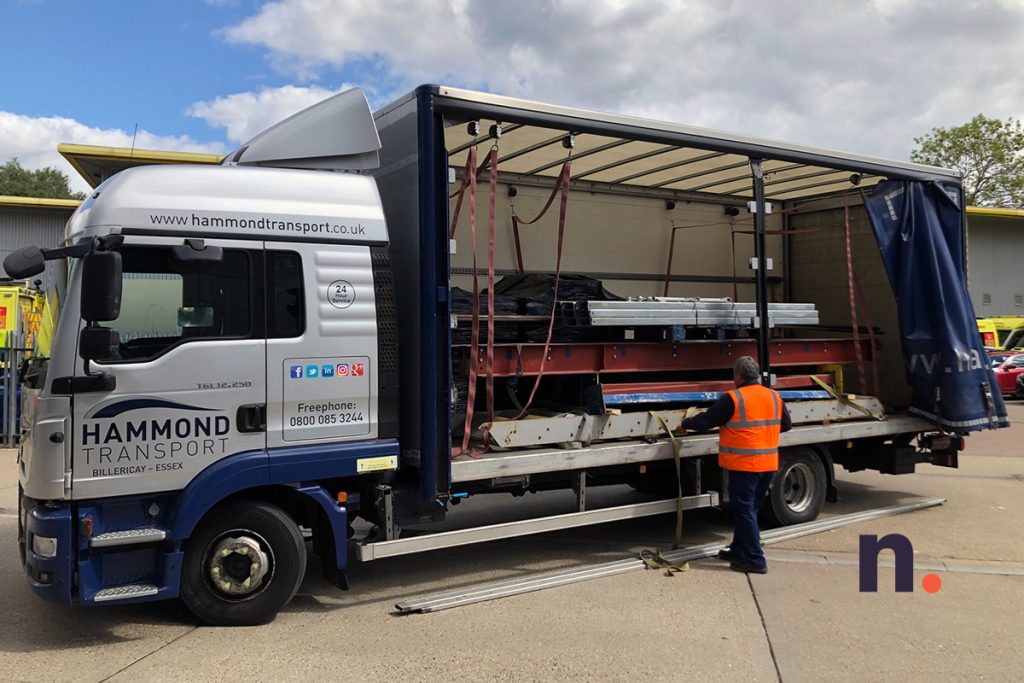
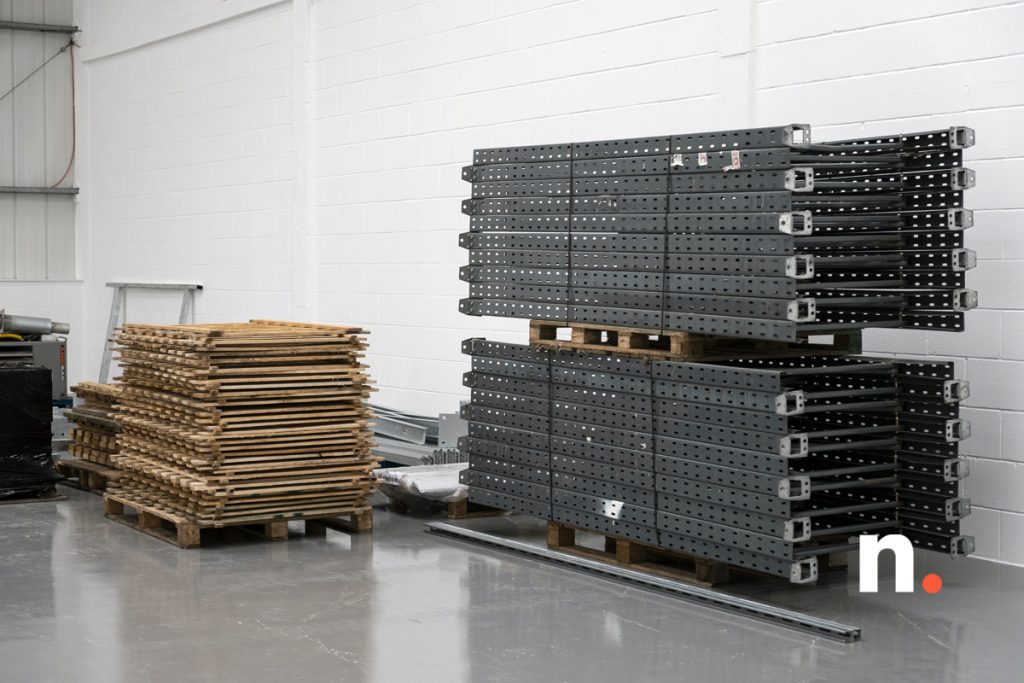
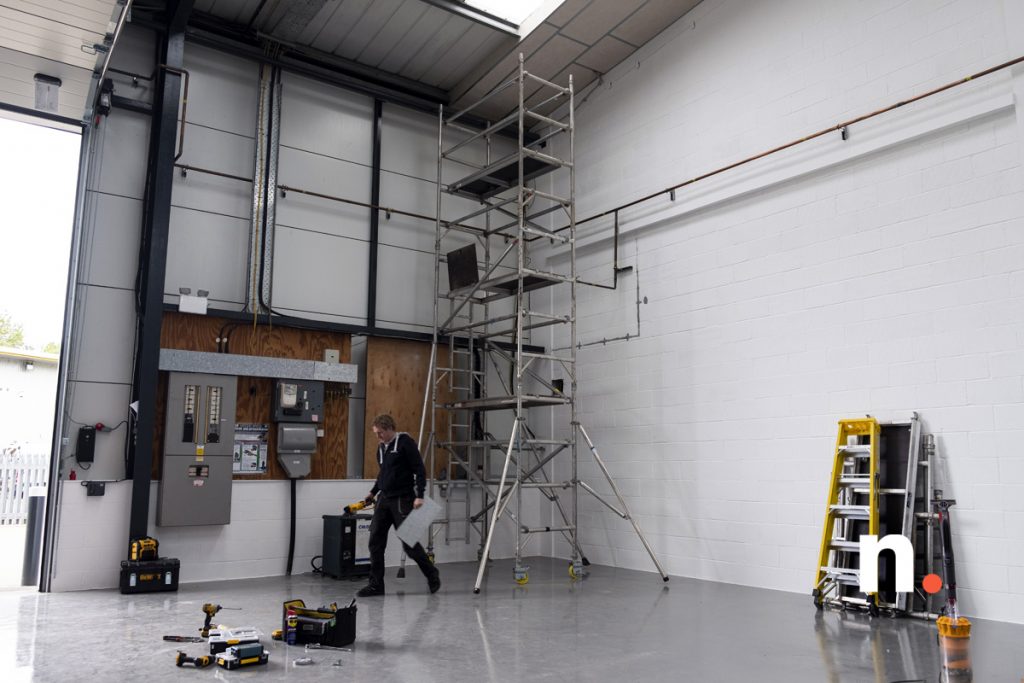
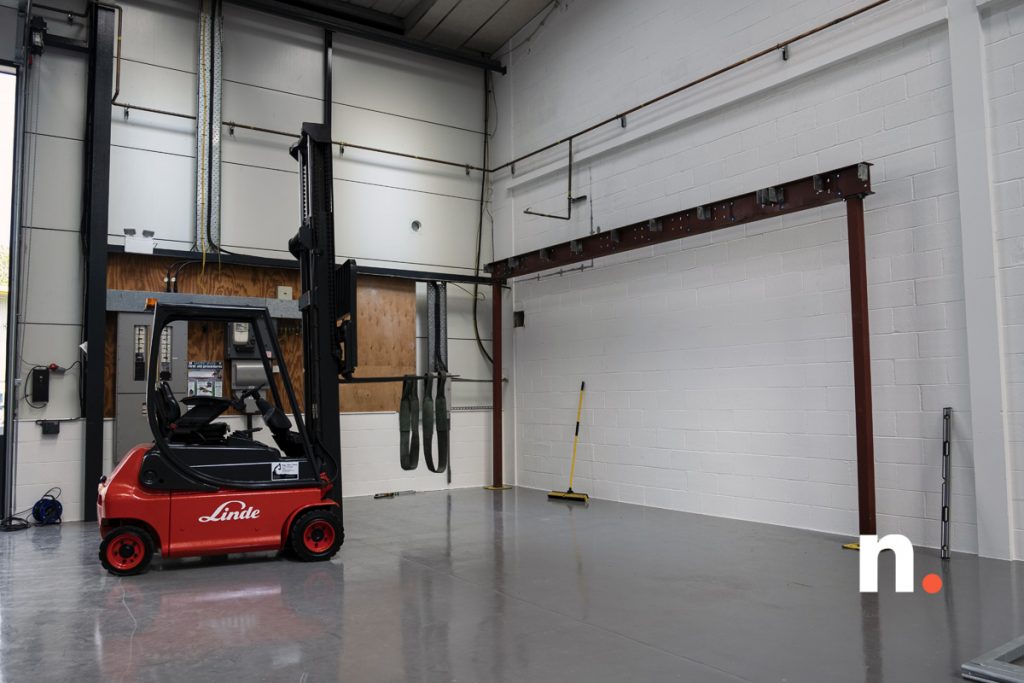
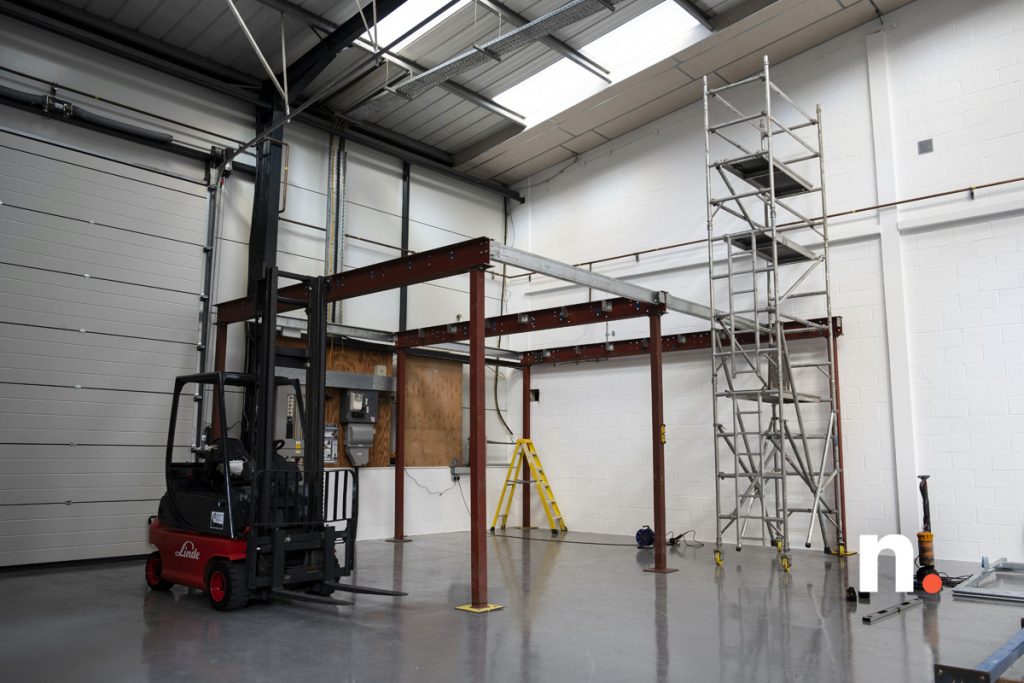
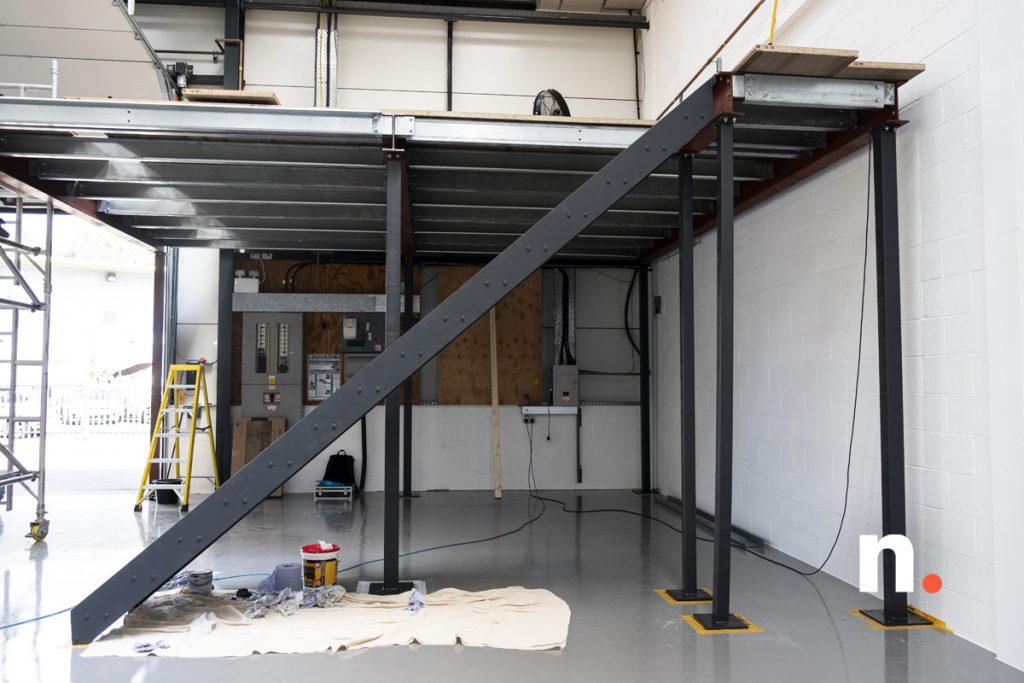
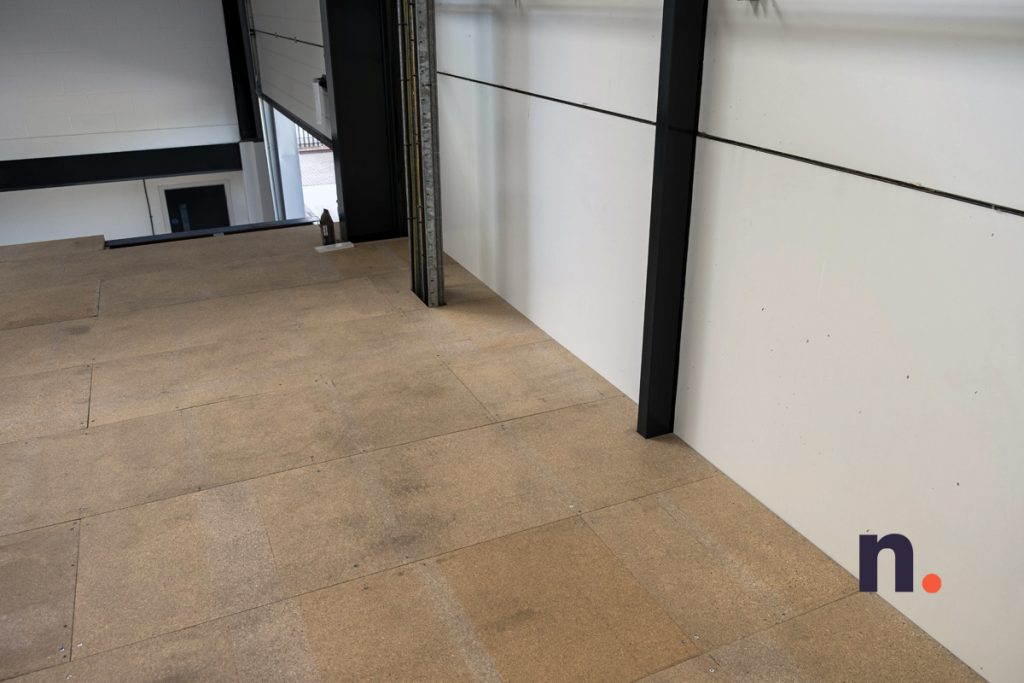
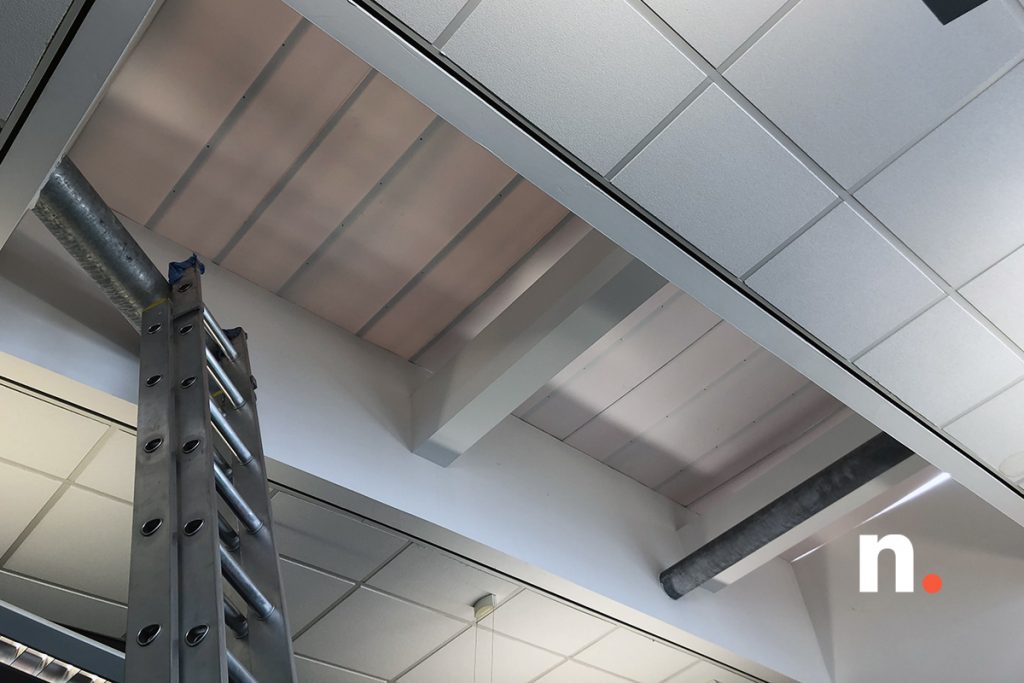
As you can see, updates are still very much focused on pre-technical. We’re hoping to have some more technically-focused updates for you in the coming weeks, which are naturally of most interest to our readers.
Within the next two to four weeks, we’re hoping to have fully completed all pre-technical works, which will enable the main envelope to be installed, while our engineers continue with supplementary operations. Beyond this, we will begin populating spaces with the main technical components, which is where the real fun begins!
What’s else has been happening?
Aside from business as usual, helping various new and existing clients with deployments and expansion inside our facilities, we’ve also been hard at work on other specialist projects.
Our large deployment in Frankfurt completes this month, along with a specialist deployment in Kuwait. We’re very excited to bring these locations online, following a long deployment schedule due to the current state of play.
We’ll also be rolling out our new core POP in CLL this quarter, adding to our ever-growing metro network. This will be another exciting milestone, with a range of clients already lined up to co-POP this space with us.
Our new van is also here, but we’re keeping that one close to our chest for now – it’s going to look rather special once all additions have been fitted!
What’s next?
The next couple of weeks are going to provide ample time to complete any outstanding tasks ahead of the main mezzanine and associated envelope installation. These include small tasks, such as additional security integrations and work inside the NOC, along with larger tasks like the perimeter compound fencing and turnstile.
We certainly have another transformative few weeks ahead of us!

